More photos from this trip: https://www.flickr.com/photos/jack_1962/albums/72157674743928160
Blog in Polish/blog po polsku: http://ontario-nature-polish.blogspot.ca/2016/10/cayo-coco-cubatwo-weeks-at-hotel.html
For well over one year Catherine had been pestering me to go
to Cayo Coco, the well-known island off the north coast of Cuba, which had
plenty of hotels and resorts. Whenever I went to Cuba, I always wanted to
explore nearby towns and that was why I tried to avoid staying in relatively
remote locations, but eventually Catherine persuaded me to go, promising that
we could take a taxi and spend a few days in Morón and/or Ciego de Avilla in a casa particular.
Cayo Coco is part of a chain of islands called Jardines del Rey (King’s Gardens). A
causeway connecting the island to the Cuban mainland opened in 1988, thus
enabling resort construction. The last part of Ernest Hemingway’s book,
“Islands in the Stream”, takes place along the Jardines del Rey archipelago and in the tidal channels of Cayo
Guillermo. Nowadays the island is home to at least 12 hotels and a few more
under construction.
ARRIVAL
After posting several questions on TA’s forums and doing
further research, we selected the Hotel Colonial, as it appeared to be quite
charming, was close to the beach and offered a variety of upper floor rooms. It
was our tenth trip to Cuba and of course first to Cayo Coco.
Our carrier was Sunwing.
When we arrived at Toronto’s Pearson Airport, it turned out the baggage
allowance had just been increased from 20 to 23 kg, yet the personnel were
quite strict with the carry-on’s 5 kg limit and I had to transfer some of my
belongings to the check-in luggage. For the first time my backpack was weighed
and I had to remove some stuff from it and put it into the suitcase.
The plane took off on November 09, 2015 at 07:40 p.m. and
after 3 hours and 19 minutes we landed at Cayo Coco. During the flight we had
complimentary food/beverage choice including pizza, wine and coke. Cuban
customs officers questioned Catherine’s health supplements which were just
packed in a plastic zip bag, but eventually let her keep them. We got on the
bus, which dropped off tourists at two other hotels before coming to the
Colonial. It was a short, 20 minute ride. We were given room number 1609, on
the lower level, despite having emailed the Hotel beforehand requesting a quiet
upper level room. The room reeked of mildew and we were adamant to get another room
the next day. Unfortunately, we were told that there were no upper rooms
available, but were advised to check back in the morning. We rushed to the
restaurant to have dinner (served until 10:00 pm) and afterwards wandered on the
hotel property for a while and went to the room. The next day we went to the
reception and managed to get another room (number 1836) on the second floor.
HOTEL AND OUR ROOM # 1836
The Colonial was the first hotel built on Cayo Coco and was
opened by none else but Fidel Castro on November 12, 1993—during our stay it
was celebrating its 22nd anniversary. It used to be called Guitart
Cayo Coco, Blau and at one point was part of the adjoining Tryp Hotel. In 1994
and 1995 a Cuban exile group attacked the resort with machine guns, without
causing any injuries. As the hotel had been built by the Spanish, the
architecture was very pretty, it was very cozy, had a character, atmosphere and
style, resembling a small, colonial town.
The reception area was lovely, there was a fountain in the
middle—and the reception staff was always friendly and helpful. I obtained two
English issues of “Granma” from the reception, one had an interesting article
on the friendly and playful dogs used by Cuban customs officers at airports.
There were a number of swimming pools, including a large salt water pool, yet
half of them were being renovated. In any case, we always preferred swimming in
the ocean. There were plenty of coconut trees on the property and it was
possible (with private arrangements) to have fresh coconuts upon request.
Catherine arranged with one of the gardeners, Mike, to bring us two coconuts
every morning for T-shirt swap. They were so filling that I could come to this
resort and just subsist on coconuts alone!
The beach was narrow, but nice and sandy, with plenty of
lounge chairs available. The width of the beach kept fluctuating (quite
significantly, I must add) due to tides and it almost disappeared during high
tides. For about 50 meters the water was very shallow. Much of the main beach
was somewhat hand-raked daily for seaweed, yet manmade ocean debris and garbage
was ignored, which was a head-shaker. It was funny, but once I fell asleep on a
lounger and when I woke up, the water was all over the lounger. The beach next
door at the Tryp was the best beach at this time with a wide sandbar.
There were several stores (tiendas) across from the lobby building, selling cigars, beverages,
beer, rum, souvenirs, clothes, etc. There was also a hairdresser as well as a
dental clinic, offering various services at competitive prices. Plenty of big
blue and Halloween crabs were everywhere, especially in the morning and late
afternoon. It was fun watching them emerge from the holes or even eating
something. They were very shy though and scurried into their holes at the
slightest sound.
Behind the Plaza buffet restaurant and the El Caribeno
Restaurant (which was closed) there was a pond with a live flamingo. It had
apparently arrived at the hotel several years ago with an injured wing and had
been there since then, regularly fed by hotel employees with raw veggies/bread.
The pond also had turtles and fish.
Beach towels were available from the Club House, after
obtaining a voucher from the reception; there was a fee of 15 CUC for a lost
towel. Supposedly tourists, who lose them, steal from other tourists, so it is
best to bring cheap towels from home and put them on the beach loungers to
reserve them. We spotted 4 black cats, usually hanging around the back of the
main building. I think they were well fed by tourist as they were quite fastidious!
We also saw a couple of dogs sniffing around.
The hotel’s staff were very friendly. We had several long
conversations with Daniel, a travel rep (trained as a lawyer, ‘abogado’), who told us about many
interesting places in Cuba (some of them we had already visited) and explained
how tides worked. Señor Prado (first name Andreas, I think), an engineer
responsible for the hotel’s telecommunication (phones, television), assisted us
with making local phone calls using phone cards and was certainly the person to
talk to in case of problems with phone or TV! Catherine also befriended Viviana
from Public Relations, a very charming lady, who was very helpful and always
ready to resolve our problems.
We learned that many years ago Pierre Trudeau and Fidel
Castro were fishing just off the coast of Cayo Coco (the causeway and hotels
had not been built yet) and Trudeau kept catching fish after fish, whereas
Castro was out of luck. Knowing Castro’s very competitive nature, somebody whispered
to Trudeau, “For God’s sake, let him catch something, or otherwise we will be
here forever!” Luckily, fortune smiled on Castro and he managed to catch a lot
of fish as well.
Interestingly, recently I read a very similar story in a
newly published book, “The Double Life of Fidel Castro: My 17 Years as Personal
Body Guard to El Lider Maximo” by Juan Reinaldo Sanchez: in the 1970s Fidel
Castro, the famous Colombian writer, Gabriel García Márquez (Nobel Prize winner
in literature, author of “One Hundred Years of Solitude”) and another South
American businessman, were fishing at night, a mile from Castro’s private
island, “Cayo Piedra”, from Castro’s luxurious yacht, the Aquarama II. Within 2 hours the businessman caught 5 fish, each
time joyfully exclaiming his triumph—and not realizing that he was upsetting
his host. It was Márquez, who at one point whispered to the author’s ear, “Tell
our friend to stop his miraculous fishing, because at this rate we’re never
going to get back and go to bed”. Well, Fidel was a bad loser at fishing or any
other competitive activity and he would not give up until he had pulled up at
least one more fish than his guest. The guard passed the message to the guest
and indeed, soon Fidel caught up his shortfall and decided that they could go
back.
Our new room was on the second floor, had a balcony with a
view of the ocean (we had paid for an ocean view room) and plenty of coconut
trees. It was the farthest building from the buffet and required a bit of walk
on cobblestone surface—that could be a problem for those with mobility issues.
The Tryp’s property was just several meters from it. The room had nice
furnishing, free safe, bathtub, bidet, hair dryer, closet, one big, king size
bed, small fridge and perfectly working air-conditioning. We did not notice any
bugs in the room, just an occasional mosquito—quite often we turned off
air-conditioning and kept the windows open and just drew the curtains. Frequently
we spent time sitting on the balcony and reading, sometimes chatting with our
next-door neighbors.
The HD TV was nice, but there was no English-language
channel from Canada. We mainly watched the CNN (the other main news channel,
CCTV, was Chinese and as I had been able to determine in the past, quite biased
and boring—well, what else could you expect from Chinese mass media!). I wish
it had had a CBC and/or CTV channel from Canada. Although we do not have and do
not watch TV back in Canada, we ended up watching the news a lot: it was during
our stay, on Friday, November 13th, 2015, when the Paris terrorist attack
took place. At the same time we were reading “Infidel”, an outstanding autobiography
by Ayaan Hirsi Ali, about her youth in Somalia, Saudi Arabia, Ethiopia and
Kenya, her Muslim upbringing, her flight to the Netherlands and the murder of
Theo van Gogh, with whom she had made a movie. Combined with the Paris attacks
that killed 130 people—for which the ISIS claimed responsibility—that book
certainly had a tremendous impact on our understanding of Islam.
One evening we walked to the adjacent Tryp Hotel. It was
totally different from the Colonial and we did not like its architecture; even
though it was probably more upscale than the Colonial, we would not want to
stay there. I exchanged some money and then we slowly went back to our hotel.
RESTAURANTS AND FOOD
The main restaurant (Plaza) served buffet-style breakfast
(from 7:00 to 10:00 a.m.), lunch (from 1:00 to 2:45 p.m.) and dinner (from 6:00
to 10:00 p.m.). The servers were very polite, fast and efficient. Tables were
indoors but supposedly in high season there was patio dining which Catherine
just loved!
Breakfast
Two egg stations were preparing excellent omelets and fried
eggs as well as there was a pancake station. Plenty of yogurt and juice was
always available. Really good selection of fruits, vegetables, cooked sausages,
meat, eggs, tomatoes, cheese, bread, buns, etc. Coffee was so-so, but at least
servers brought the whole pot to the table so we did not have to get up to get
a refill.
Lunch
I only had one lunch, otherwise we skipped it. I had a tasty
hamburger with fries, tomatoes and beer. There was also beef and pork made to
order. I think that the food was more-less similar to that served for dinner.
Dinner
We never had any problems with the variety of food. There
were various kinds of meat (beef, pork, chicken) and fish, grilled by cooks, as
well as shrimps (excellent!), rabbits, several salads, vegetables, desserts,
ice cream and many others. One station was preparing ‘made-to-order’ pasta.
Passable red wine (and good beer) was also served. Oftentimes bands were
playing during dinner, some of them quite nicely, and they were never pushy.
Sadly, there was no outdoor dining.
Several times we had very good Spanish coffee at the Lobby
bar. Except for an occasional beer, we did not have any alcoholic drinks at the
bars, so I cannot comment on them. We much preferred to purchase juice, coke,
rum and liqueurs at the store and enjoy them later while sitting at our room’s
balcony or at the beach. In fact, except for beer and red wine, we did not
drink too many alcoholic beverages.
A’ LA CARTE RESTAURANT
We had 5 a ’la carte dinners at the Fontanella
Restaurant—which also had the live piano/flute/singing bar—every evening
different performers were there.
We went to the Italian, Cuban and Caribbean-style dinners,
they were excellent! We had a choice of any starters and any main courses, plus
a dessert. The presentation was outstanding and so was the service. They were
served with Spanish red wine. After dinners we usually spent some time at the
piano bar (located in the other part of the Fontanella restaurant).
Several times Augusto was our waiter; he was very fast and
worked like a ‘workhorse’! Incidentally, we met him during our visit to Morón.
In fact, all the servers at that restaurant worked very hard and
professionally, we did not have to wait long for the dishes to be served. We
did tip well in CUC as it was well warranted!
PLAYA PILLAR
We took the double decker bus to the Playa Pillar; it
departed at 10:20 a.m. and cost 5 CUC per person both ways. The tickets were
sold on the bus as well as we were given the schedule. The bus stopped at over
10 resorts and it took us about 80 minutes to get there. It was fun to ride on
the causeway to Cayo Guillermo, we saw numerous flamingos as well as kite
surfers. In addition, we saw plenty of cranes—a few presumably five-star hotels
were being constructed. The bus also rode on the former runway of the former Cayo
Coco airport (now part of the road), which had been closed in 2002. The airport
traffic control tower was still standing. Interestingly, in the middle of the
former runway a number of trees had been planted—I guess in order to make the
airstrip unusable in case anybody tried to land a plane—and I probably knew who
the Cuban government had in mind!
There was a restaurant where we had one can of cold Bucanero (2 CUC, expensive!) and then
headed to the beach on long blue boardwalk. We had to pay 2 CUCs per each
chair. The beach was nice, but in my opinion, nothing spectacular—I much
preferred pristine and empty beaches of Cayo Largo, where we hardly saw any
tourists—and did not have to pay for chairs! Just across from the beach was
Cayo Medio Luna (Half Moon Island). After 2.5 hours of sun tanning we went back
to the parking lot, the bus was already there. The ride back to the hotel took
a while as the bus was again stopping at every hotel.
TRIP TO MORÓN
Of course, for me the trip to Morón was the highlight of our
vacation—I am in no way a beach fanatic and I love exploring towns and observing
how real Cubans live. Morón was founded in 1543 and is known as the Ciudad del Gallo, City of the Rooster.
The city had its share of interesting and neoclassical buildings. Initially we
were contemplating going to Morón and later to Ciego de Avilla; because of the
bad, rainy weather, we only stayed in Morón.
A few days before our planned departure, we had bought a
calling card and called a few casas particulares
in Morón (of course, I had done an extensive research back in Canada and
brought plenty pieces of information on over 10 best casas in Morón) and eventually had booked Casa Carmen for two
nights. I had also talked to a taxi driver and made arrangements to take us to Morón.
However, the day before our departure, Catherine ran into another taxi driver
(his name was Willman) with a new, air-conditioned taxi, who wanted only 5 CUC
more (35 CUC), so we called the other driver and cancelled the ride (unfortunately,
all he could offer was an old, crummy Russian taxi, which Catherine did not
feel comfortable riding in).
On Saturday, November 14, 2015 in the morning, after
watching on TV the aftermath of the previous day’s terrorist attacks in France,
we met Willman and headed to the town of Morón. We rode on the causeway (built
in 1988), it was quite impressive. Years ago only tourists and resorts’
employees had been allowed into Cayo Coco, even taxi drivers had to have
permits to drive there—now, I believe, anyone can go, although there was still a
police checkpoint.
We arrived at Casa Carmen and were welcomed by the landlady and
her husband, Magaly and Alfonso. She was very nice and reminded us of Caridad, the
landlady from Casa Caridad in Camagüey. The room we got was spacious, with high
celling, a private bathroom and windows facing the patio. We unpacked and spent
one hour sipping the coffee the owner made and looking at the printouts of the
map of Morón that I brought with me. When we went to town, it was very hot and
sunny outside. We headed towards La Casona de Morón, a small & cozy hotel,
which housed a fishing & hunting club before the Revolution. It was a very
impressive neoclassical building, had a swimming pool and a nice patio.
Breakfast was included and it was 36 CUC per night (vs. 25 CUC for our casa). Catherine wished we had stayed
there! Then we wandered over to Plaza Martí, probably the town’s central
location. There was a (free?) Wi-Fi spot there and thus many Cubans congregated,
using their cell phones or actually conducting video/skype chats—as we learned
later, they were communicating with their relatives in the USA—we could see
that some brought whole families and were extremely excited to video-chat,
maybe for the first time in their lives, with their loved ones abroad.
We were sitting in front of a guy selling shaved ice and
just enjoyed watching the city traffic. A Cuban woman approached Catherine and
gave her a flower, expecting some money in return. Catherine could not get rid
of her for a while. A chubby and quite affable Cuban guy was sitting on the
bench next to us and spoke passable English. I ran to the store across the
street (El Rapido), bought a couple of cans of cold beer and gave him one.
Eventually he offered to guide us in town and we agreed. Catherine changed 1
CUC into 25 Cuban pesos and got herself some ice for just several cents and
then we headed off to explore Morón. By the way, at that time 1 CUC, or convertible
peso, was worth about $1.40 Canadian and one Cuban peso (moneda national) was equivalent to less than 6 cents. Our guide’s
name was Carlos and he led us to many different areas of town. We followed him
to a place where he picked up his laundry and then we went to a juice place
next door, which sold fresh juice for just 1 Cuban peso per glass, so I had
several glasses to satiate my thirst. Carlos went out and acquired an empty
bottle so we could take some juice home.
We just walked along the main street and some side streets,
it was a fun day overall. For dinner we went to Dinos Pizza, his girlfriend’s
pizzeria next to the El Rapido, bought
a big pizza and ended up sharing it among us. We also went to a nearby store and
bought some liqueur to take to the room. As we walked up Martí Street, we saw
an ice cream parlor called Copellia, but there was a long lineup, or rather a
throng of people congregating around. When a new person wanted to join the seemingly
invisible and disorganized line, he would simply shout, “El Ultimo?” (‘are you the last person in line?’)—to identify the
last person in line. Somehow this method seemed to work, as I did not notice anybody
trying queue jumping. Cubans must have mastered the art of queueing up! Of
course, that queue was nothing in comparison to the gigantic line-ups I
remember in Poland, especially in 1980 and 1981: they had often started forming
early in the morning, then a ‘line-up committee’ been established and a list with
names of those in the queue prepared, so that some people could leave the line
for several hours (in order to join another queue, no doubt). Subsequently they
had had to come back at least twice during the day to verify their name on the
list (providing the list had not disappeared)—and if they had been lucky,
sometime a day later, when the store had gotten a delivery, they had managed to
buy whatever they had been lining up for.
A lot of Cuban families went into the parlor, ordered about
20 ice creams and sat there for a while, as well as they bought ice cream, put
it into containers and took it home. Catherine had a feeling we would never
have a chance to get in, so after waiting for a while, we gave up. I also went
to the bank to change money, but since I had no passport on me (only a color
copy), the bank refused to honor it—at that time Carlos showed his ID and the
transaction went through. It was getting dark, so we went back to Plaza Martí.
We sat there and for a while observed Cubans skyping and talking to families in
the USA, and then headed to the casa,
after making plans to meet Carlos the next day in the square.
At the casa there
were two German tourists having dinner on the patio. We sat and sipped the
almond liqueur, talked to the German man about the Syrian refugees flooding
Germany (he simply said, “what can we do, we have to help them, we have to take
them in”). Then we went to the room, had a shower and turned in very early. The
next-door neighbors had a very animated domino game, but in spite of all the
commotion, we managed to have a very good and sound sleep.
On Sunday, when we woke up, it was pouring like hell. We had
breakfast at 9:00 a.m. as the German tourists were leaving—they had been in
Cuba for one month, although 3 weeks would have been enough, they said. In
spite of the rain we headed up to town, where we met Carlos. As it started
raining again, he hopped on a small ‘train’ that went through town, it cost us
a few Cuban pesos. As the train was passing by an open catholic church, we got
off and entered the church. Catherine bought some very nice and inexpensive
Christmas decorations; after spending some time inside and making a donation,
we went outside. It was still pouring cats and dogs. We caught a public bus
(again, the price was in Cuban pesos, almost negligible) and got off in front
of a supermarket, Supermercado Los
Balcones, which was closing in 20 minutes, at noon. Yet we still managed to
browse a little inside—while Catherine went upstairs to check out the clothing
section, Carlos and I sat downstairs and had beer—they let us sit there some 30
minutes after the closing time. After we went outside, it rained on and off, we
walked along the main street, Carlos suggested that we go and see a movie (the
ticket cost about 10 cents), but I did not feel like going there and we kept
walking. There was a place for ‘jubilados’,
retired people, where they could drop in and have a free or very inexpensive
meal—I suggested that we could go there for a very affordable snack! We kept
walking until we reached the ice cream place, Coppelia, (so crowded yesterday),
it was almost deserted. Catherine and Carlos ordered plenty of ice cream and
the total bill came to about 50 cents—in Canada we could perhaps buy just an empty
cone for this amount—well, maybe with an ice cube!
While we were comfortably
sitting inside, it was pouring so hard that some streets turned into small
creeks and bicycle riders and pedestrians had problems crossing riding and
walking. We also went to a small shop for beer (mainly to escape the rain); I
gave some gifts to a small girl sitting with her mother at the adjacent table.
In one of the stores Catherine spotted a nice cigar cutter that she wanted to
buy for her son, but did not feel like paying the full price of 6 CUC; she gave
Carlos 3 CUC and he managed to get it for her for this price. Alas, it broke
soon after she got it home! As it kept raining, we told Carlos that we were
going to head back to the casa and if
it stopped raining later, we would meet him at the El Rapido before he would
catch the 8:00 p.m. train to his town of Violeta—otherwise, we would not be
coming back to meet him that night and we could see him the next morning with
gifts before we left to return to the Hotel Colonial.
At the casa we sat
outside and inside, had more of the liquor and wrote postcards. The time passed
very quickly and at 7:30 p.m. it stopped raining, so we headed to the train
station, hoping to spot Carlos boarding his 8:00 p.m. train.
It was a fantastic train station—built in the early 1920s,
it still retained its original décor. It was poorly lit and run down. Some
people were sitting or sleeping on rough, wooden benches (most likely original)
waiting for trains—or just waiting… there were a couple of drunks and
individuals that appeared to be homeless, as they were aimlessly wandering inside
and outside the station. The train schedule was written on a chalkboard. There
was a very simple cafeteria, selling beverages and cigarettes. For me, it was a
déjà vu experience—again, I
remembered similar train stations from Poland, where I often spent many hours
waiting for trains and hoping that they were not full and still take some
passengers. There was a plaque in Spanish inside the station—from what I could understand,
Mr. Enrique Varona González, a railroad worker and union president, was arrested
and taken to prison in Camagüey from this station on April 17, 1925. Later I
found out that following his release from prison several months later, he was assassinated
in Morón.
We saw the train pull in, but did not see Carlos among the
boarding passengers. We spotted his drunken friend (whom we had met at the Coppelia) who said that most likely
Carlos had already boarded the train. While at the station, we spoke to another
guy for a while who was telling us about his family and his wife who was in
hospital having a baby. Once the train left, we slowly walked towards the El Rapido.
To our astonishment, there was a hunched-over figure of the sleeping Carlos inside
the restaurant! Upon seeing us, an El Rapido employee tapped him on his back
and woke him up, pointing to us. We felt absolutely horrible—he had actually
waited for us and fallen asleep, missing his train home! He was kind of
mystified that we had not come back before. He wanted us to go to a restaurant
for dinner, but we were not that hungry and ended up going to the pizzeria. One
of the diners was a profoundly looking tall guy, with white hair, wearing a
black leather jacket and blue jeans, with very distinctive facial features and aquiline
nose—I thought he had that look of an Indian chief! Supposedly he was an
Italian tourist and locals called him, appropriately, “The Eagle”. We ordered a
pizza and pasta, but most of the food we gave to Carlos, who was going to spend
the night in the El Rapido or in the train station.
We walked to the casa
and as we were approaching just meters from it, we saw a tall female looking
figure with bright yellow hair which was a wig standing inside the bus stop
just across from the casa. We knew
right away that it was a transvestite. S/he was waving and probably her/his friends
were also of the same or similar orientation!
After a good night sleep we were got up in the morning
(Monday, November 16, 2015) and had breakfast after 8:00 a.m. There were three
French tourists and we talked to them a little, although one of them did not
speak English. They were quite dejected, as they were planning to go to Cayo
Coco, but it was still raining and cloudy and their plans were ruined. We left
the casa at about 9:30 a.m. and met
Carlos El Rapido. He took us for some more juice, then I bought souvenirs in a
store and mailed my postcards at the post office mail box (fruitlessly, I might
add, as none of them ever reached its addressee). Then all of us headed towards
our casa and we bid farewell to
Carlos, gave him a bag of t-shirts, razors, shampoos and an extra 30 CUC, he
seemed pretty happy with that. He told us how much he liked us! As we were
walking to the casa, he stood and
watched us.
When we arrived at Casa Carmen, a big, black 1955 Cuban taxi
just pulled in and took the French tourists to their next destination. We asked
Magaly to call our taxi for us. We paid her—25 CUC for each night plus 20 CUC
for 4 breakfasts. Soon Willman and his taxi arrived. It took us about one hour
to reach the Colonial—it was raining all the time. So, we never had a chance to
visit Ciego de Avilla and skipped a horse buggy ride to “Laguna de Leche”, the
largest natural fresh water lake in Cuba, but overall we enjoyed our trip to Morón
very much!
BACK IN THE HOTEL
Upon arrival at Colonial, we had a couple of Spanish
coffees, went to the room and stayed there until the dinner time. Catherine
called Kyle—the tourist from Alberta we had met several days ago and had some
dinners with—but he was not in his room. It was still raining when we headed to
the buffet—Kyle was there already eating, so we chatted with him a little and
then we sat in the lobby bar and had Spanish coffee. The music had moved over
from the restaurant to the lobby. Unfortunately, it was like Led Zeppelin,
heavy metal music, very loud and unpleasant. Since I detest such loud music, I immediately
left; Catherine stayed for a while, but she could not stand the music either.
Soon she joined me in the room and tried to read “The Pillars of the Earth” by
Ken Follet. In fact it was I who recommended her this book, which I had read in
1995 and loved it—but she did not like it very much and later ‘donated’ it to
the hotel (yet she devoured “Infidel” by Ayaan Hirsi Ali!). By the way, on the
second day after arriving at the hotel, we went to see the “Michael Jackson”
show. It was good and creative, but again, too noisy!
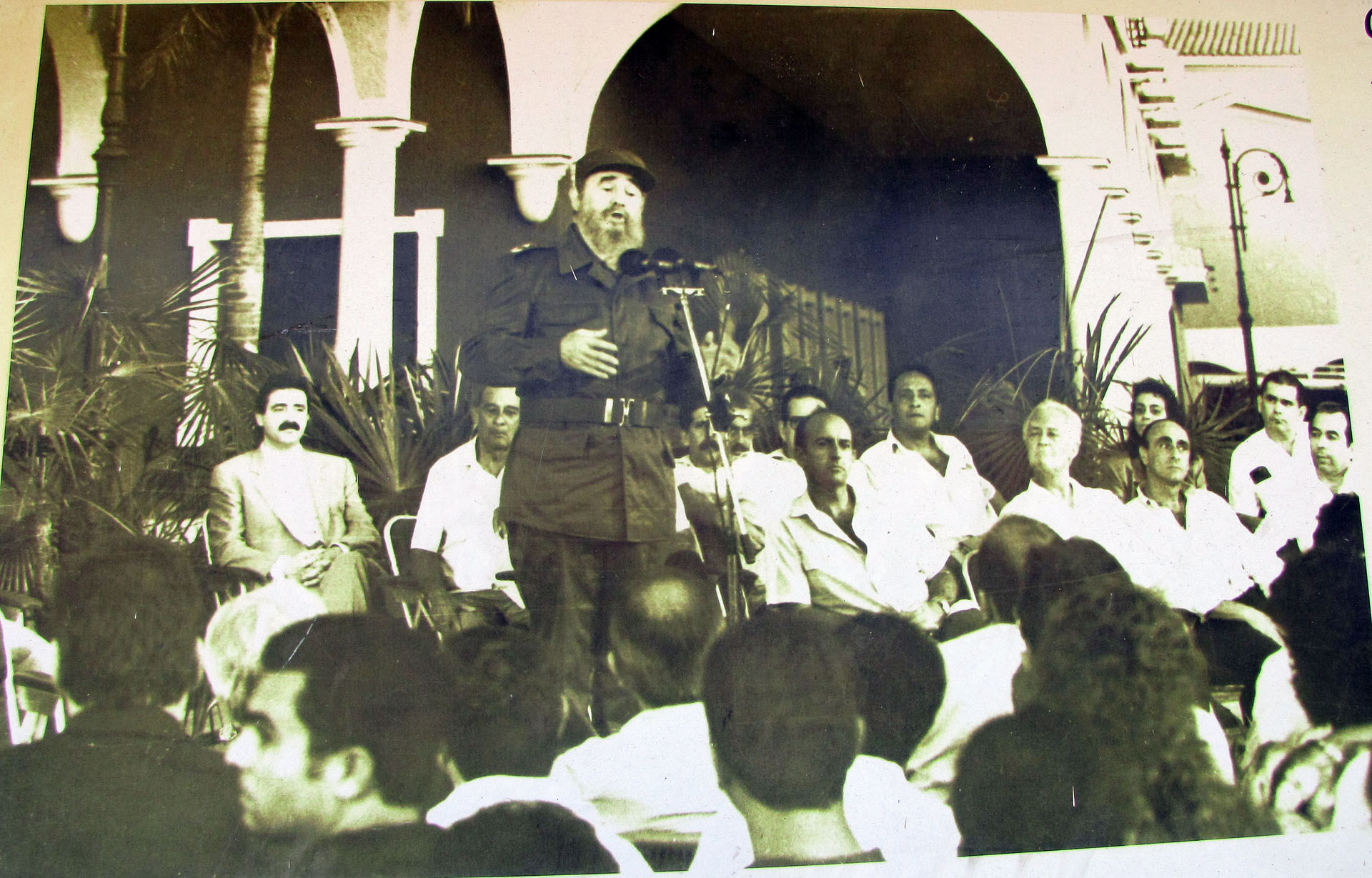 |
| Fidel Castro during the inauguration ceremonies at the Colonial Hotel on November 12, 1993, in front of the main building |
After supper we frequently walked towards the back of the
kitchen, where a small Jose Martí monument was located. There was also a
photograph of Fidel Castro taken during the inauguration ceremonies at the
Colonial (called Hotel Guitart Cayo Coco then) on November 12, 1993, along with
an excerpt taken from his opening speech (amazingly, I found his whole speech
online—and do not fret, I am NOT going to reproduce it in its entirety here!):
“…If a worker is employed in the tourism industry, then he is dealing
with people. People are the raw material of his work—not cutting cane, not
cutting down forests, not extracting stones from a quarry—he is working with
human beings, with tourists…”
Apparently Castro had been quite interested in the
construction of this first hotel on Cayo Coco and visited the construction site
several months before its opening, meeting with the workers.
We often walked around the whole resort in the late evening—one
section was still closed. There was a bunch of security guards coming and going
home near the security booth. We walked on a cement path close to the beach, it
was so cool, we saw plenty of crabs, some were white and big, and a huge toad.
The weather had finally cleared up and we could resume going
to the beach. Catherine found out about a wedding taking place on the beach and
of course, went there to see it. It was over in just 20 minutes and the
ceremony itself lasted for 5 minutes—the couple quickly signed some papers and
that was it. She also befriended two Cuban kids from Camagüey, 10 and 13 year
old, who were swimming around her in the salt water pool which had just
reopened. The boy was so funny and impulsive, poking her and saying, “let’s go,
swim, let’s go!” Judging by the kids’ stylish clothes and self-assurance, they
must have had very caring families… in Miami! Later we met the kids in the
restaurant—they were sitting by themselves at the table and enjoying dinner
(actually, I never saw their parents). The boy ordered a heaping plate of fried
shrimps and without even tasting them decided he did not want them and offered the
whole plate to us. We spoke to several tourists from Canada—Catherine
befriended a widow from Toronto, a cancer survivor, and spent a few hours chatting
with her. We also spoke a few times to Linda and Tony from Oshawa, our hotel
neighbors—on the day they were leaving, we had dinner with Tony, whereas his
wife was in the lobby with their luggage—well, better safe than sorry!
Normally the check-out time was at noon and it costs an
extra 10 CUC per hour to extend our stay, but Catherine managed to negotiate an
extended stay for us till 5:00 p.m., which was awesome.
We spent Sunday, our last full day in Cuba, on the beach.
For the first time I had lunch, a hamburger, fish and plenty of beer—it was
very good; in fact, we skipped dinner and went to the room. We were supposed to
watch a documentary on ISIS on CNN, but all of a sudden we fell asleep at 7:00
p.m.—and slept like logs for the next 13 hours!
On Monday we had breakfast and packed up a little. In the
hotel lobby I unexpectedly ran into… my clients from Canada! I also spoke to
Daniel and Prado. Catherine met some workers and gave them razors. We went to
the beach, but soon it started clouding up and we headed off to the La Placita
Bar (adjacent to the Fontanella), where we never had any meal. We ordered a
grilled tuna sandwich, a ham sandwich and French fries—quite tasty. After a
while we went back to the room, packed up, had a shower and were ready to go. A
hotel employee offered his help and as we were leaving the room, it was raining
so hard that it was almost impossible to walk the short distance to the main
lobby The check-out was fast; we still had a bottle of champagne that we had
purchased in Morón, so we decided to celebrate our departure and the great time
we had had at the resort. Viviana met us to say bye, we took a picture with
her. The bus pulled up right on time and we got a front seat. Viviana came out
again and waved everybody off.
We stopped at several hotels (the Melia, Sol, Mojito), picking
up more tourists and finally arrived at the airport. For the first time we did
not have to pay the departing tax of 25 CUC, as it had been abolished (or, more
precisely, incorporated in our plane ticket). I asked for and got a window
seat. There was a Cuban guy in the same row—he was a resident of the USA, living
in Lexington, Kentucky, had come to Morón to visit his family for one week. He
had parked the car at the Pearson Airport and he said he would be immediately
driving back to Kentucky from here. I showed him photos from Morón and he instantaneously
recognized Carlos, he said he was a nice guy, everybody knew him. We felt sorry
for him as he was very tired and I let him sit near the window so that he could
have some sleep. I even thought about letting him spend the night at our place,
but probably he would have refused, as he had to go to work as soon as
possible. The flight was really good and so was the food. We landed in Toronto
just after midnight. There were no problems at the customs, but the conveyer belt
carrying luggage got stuck and there was a 20 minute delay to get my luggage.
While waiting for my baggage, Catherine went to the
bathroom.
“Watch my suitcase”, she asked
me.
“Why should I watch it? I’ve
seen it many times”, I said sardonically.
A lady that was just walking by heard our dialogue and she
gave me that disgusting look—she took our conversation seriously, without
detecting the word play, and probably though the worst about me. After I told
Catherine about it, we had a good laugh!
The taxi driver was a nice guy from India (Sikh), he brought
the suitcases right to the couch and we tipped him well. It cost about $15 more
coming from the airport vs. going there as taxi drivers had to pay the airport
fee. We were in bed by 3:00 a.m.
What else can I say… it was a great trip, we liked the hotel
very much and I have already heard Catherine suggesting that we go there again!
More photos from this trip: https://www.flickr.com/photos/jack_1962/albums/72157674743928160
Blog in Polish/blog po polsku: http://ontario-nature-polish.blogspot.ca/2016/10/cayo-coco-cubatwo-weeks-at-hotel.html
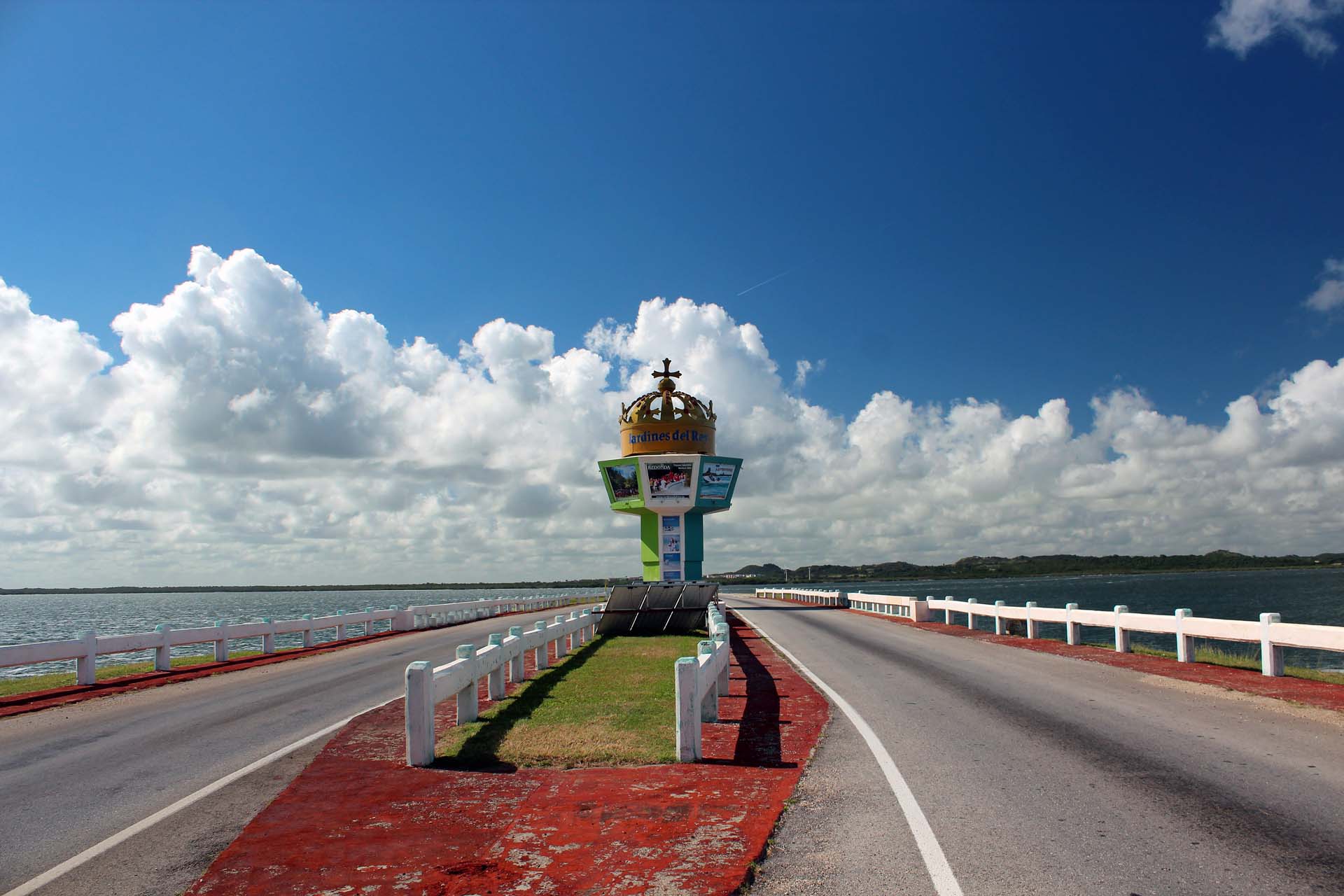
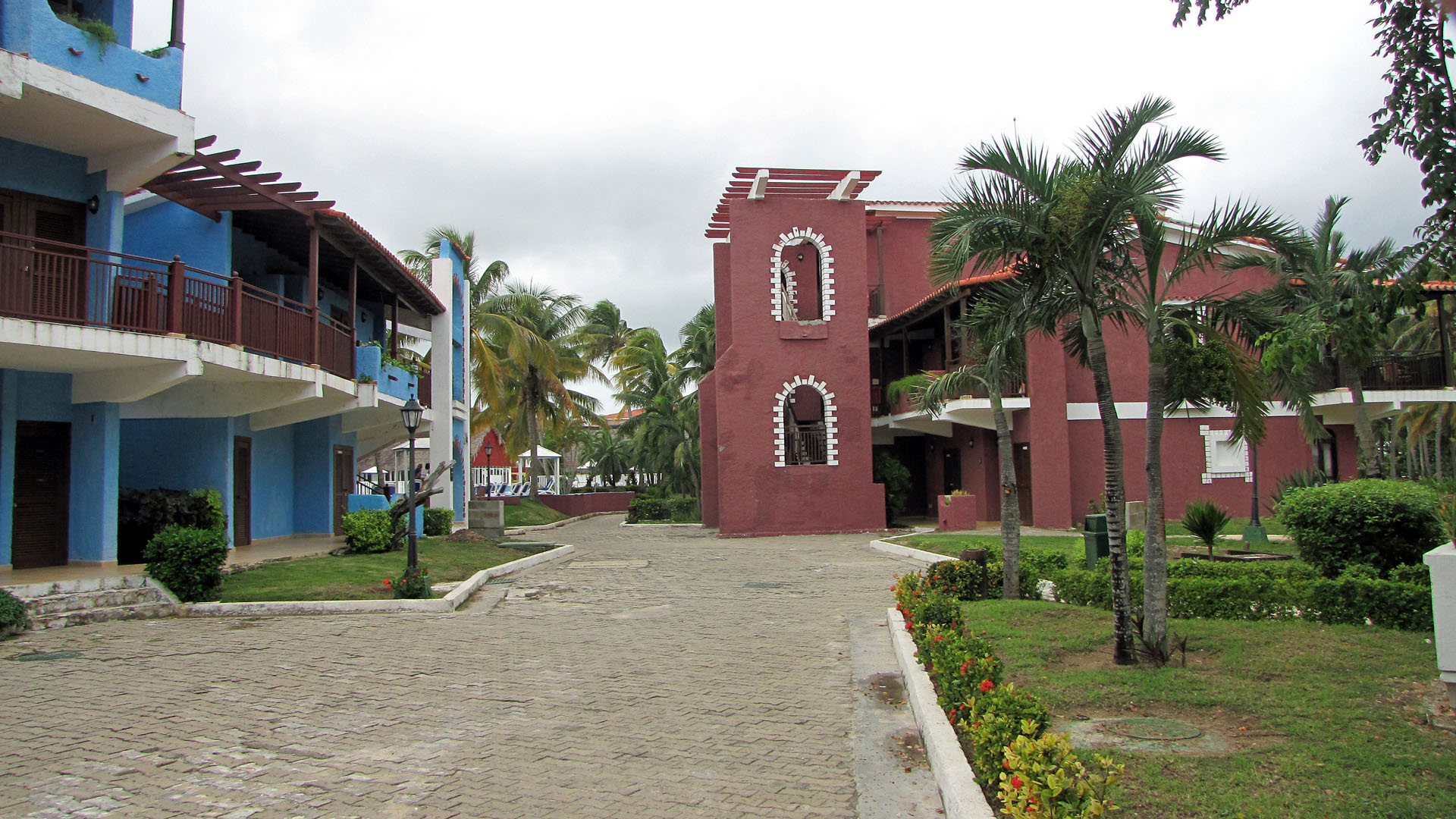
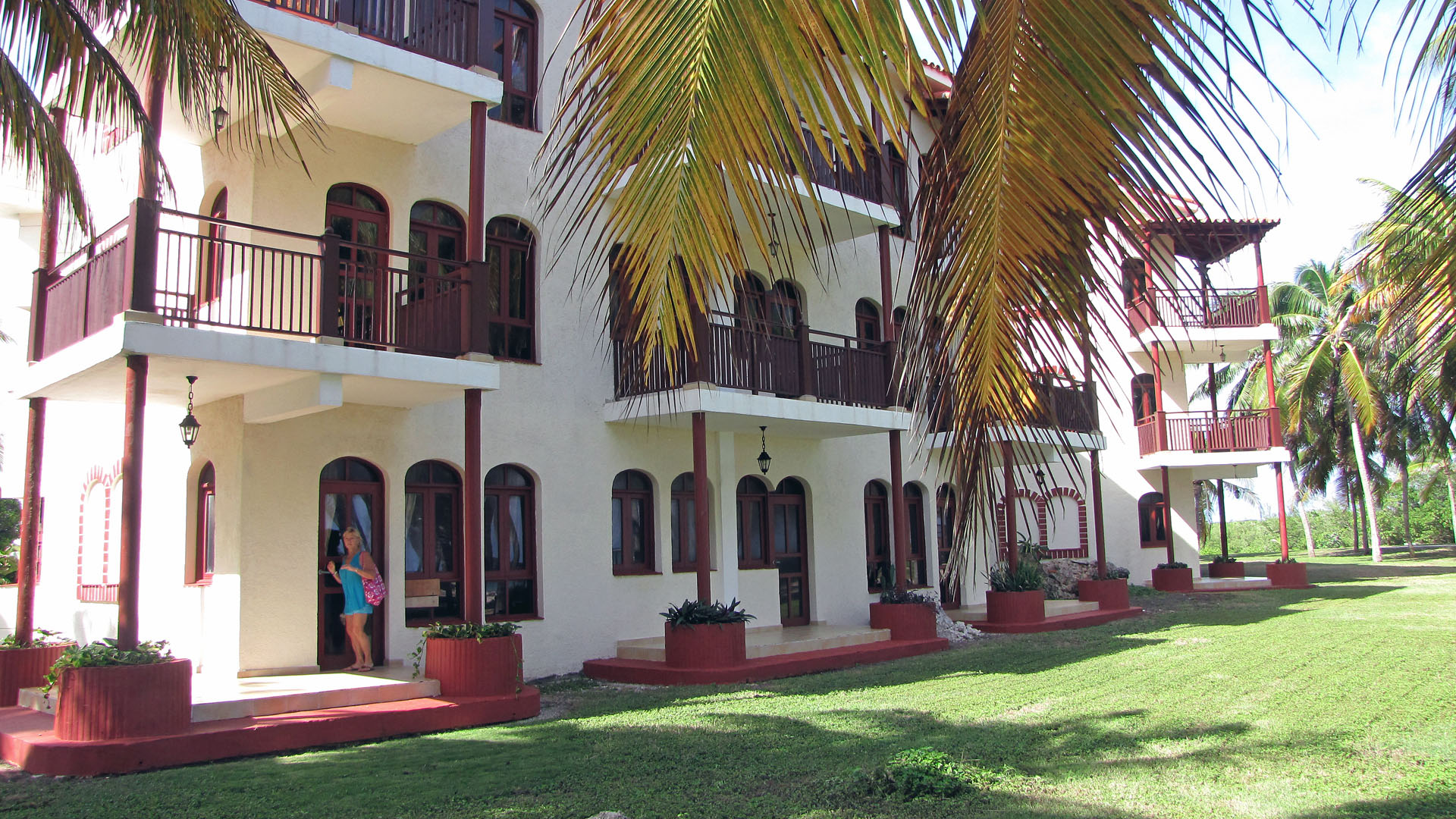

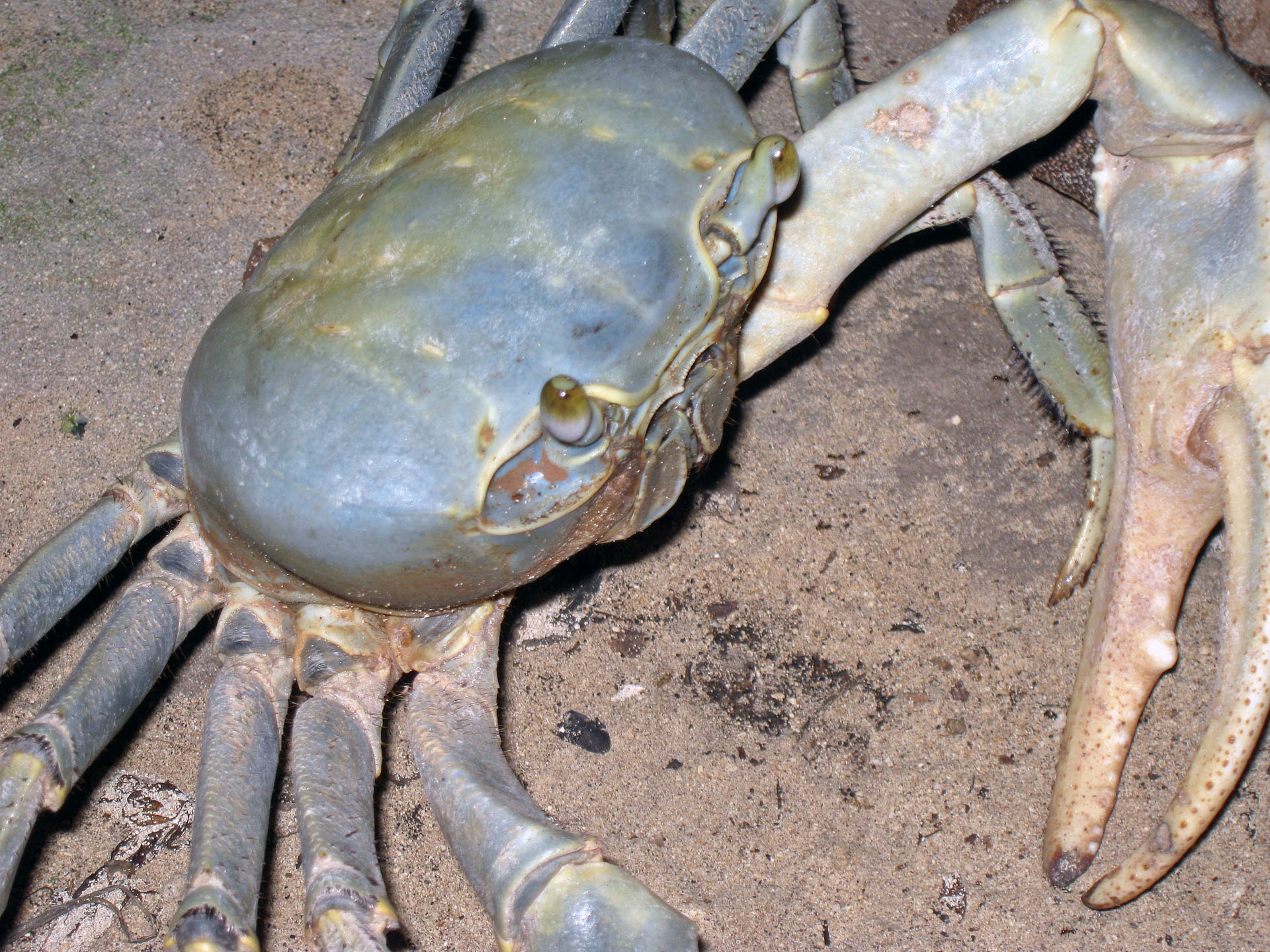
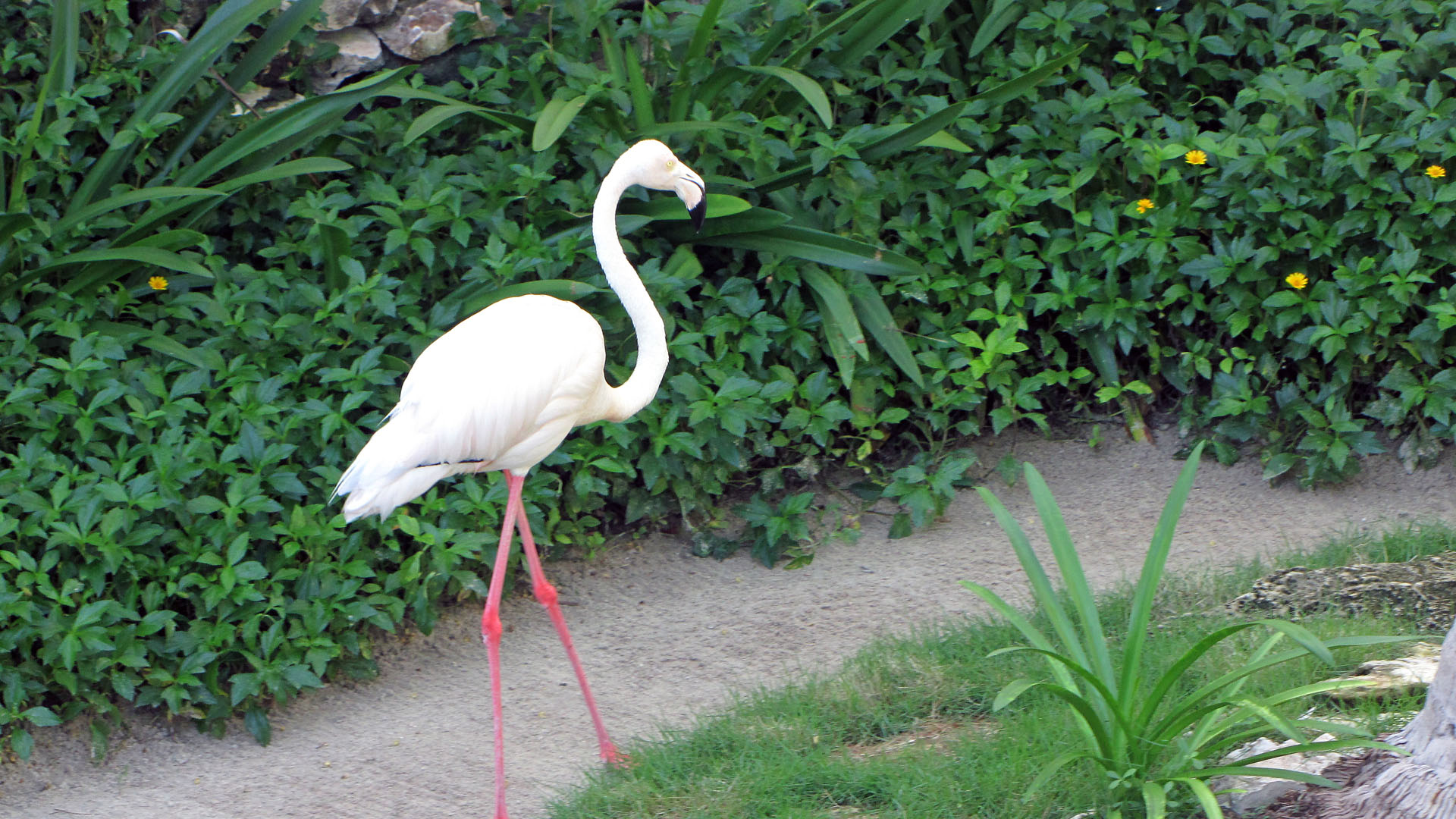

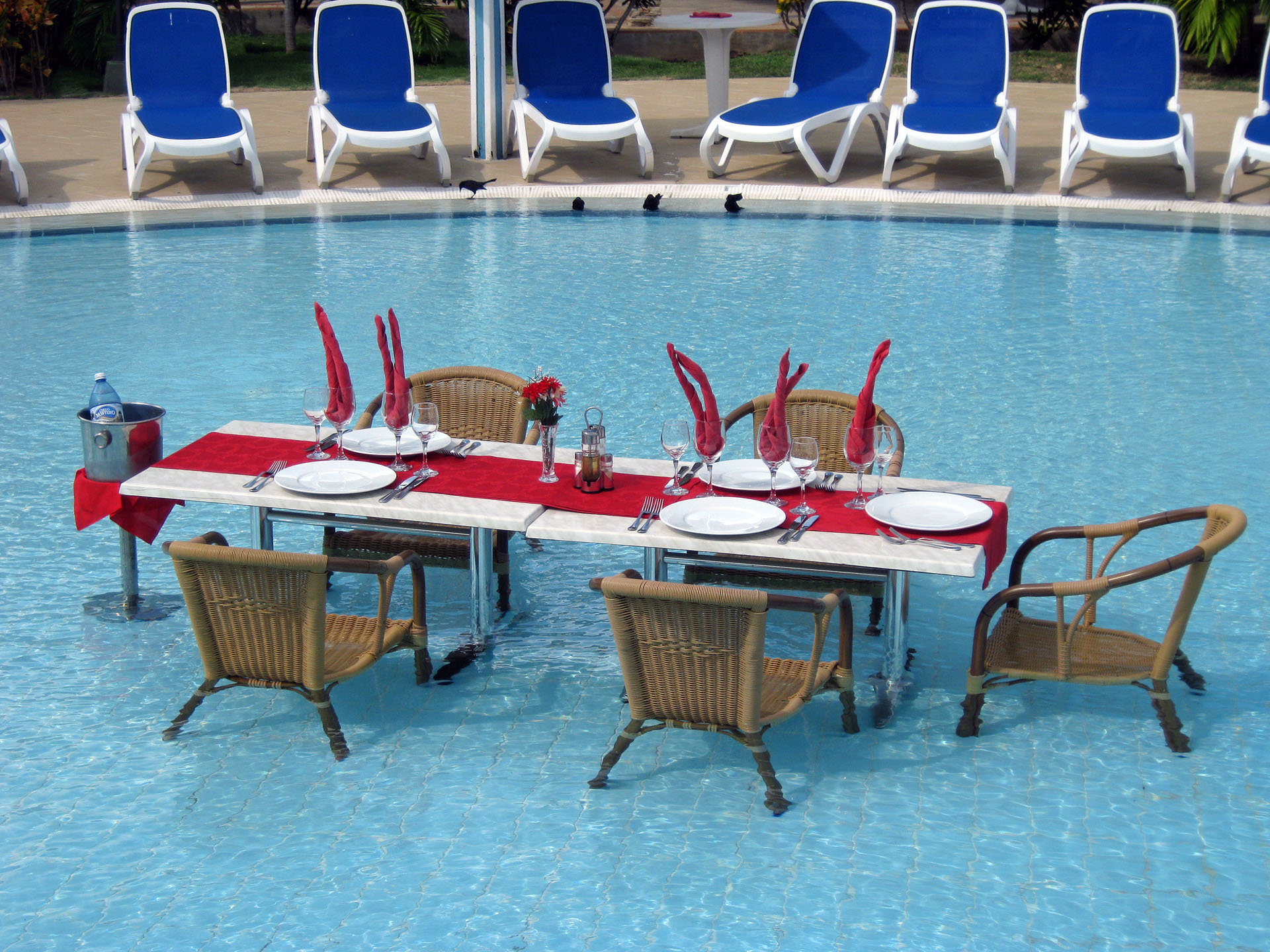
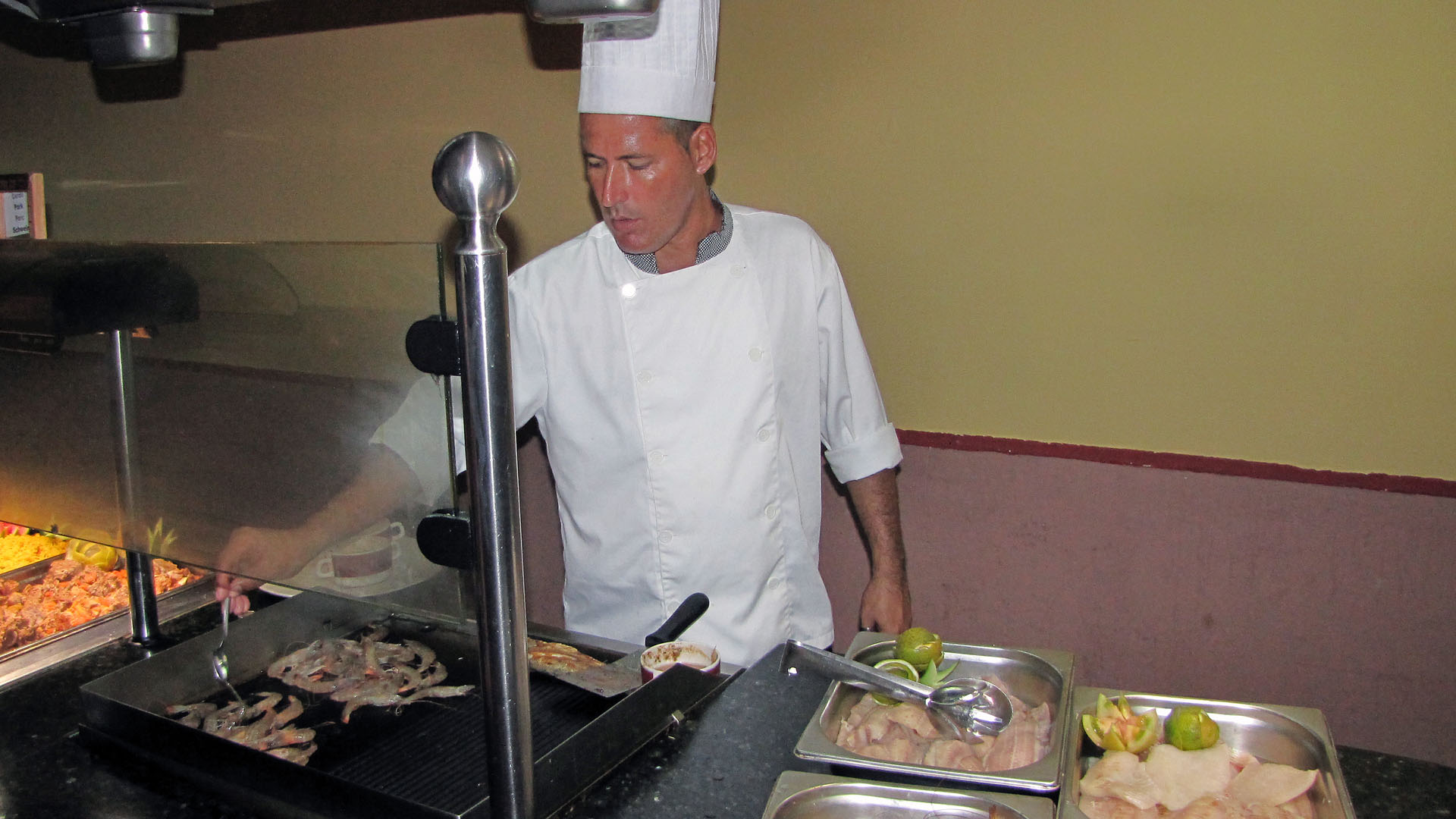
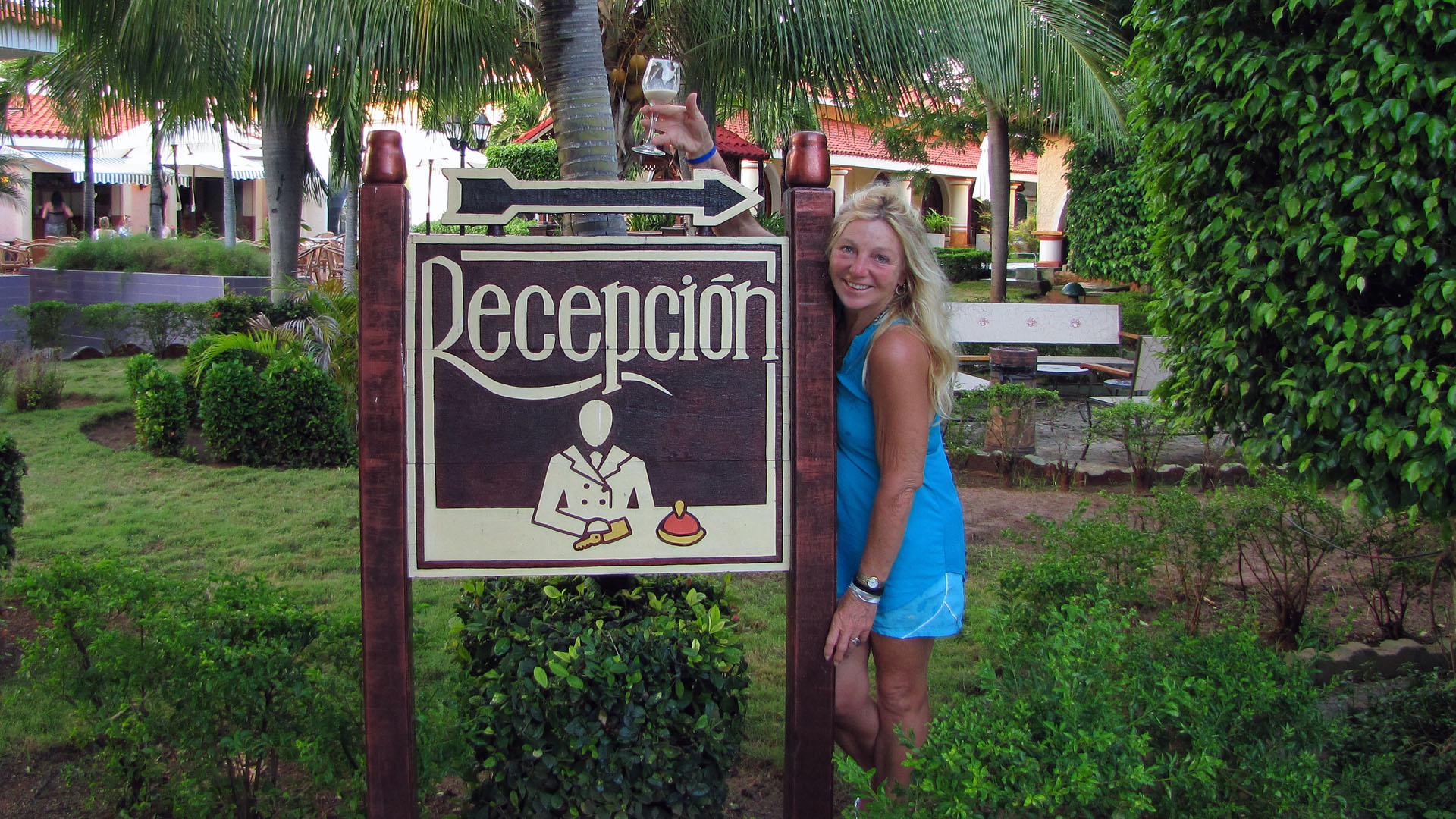

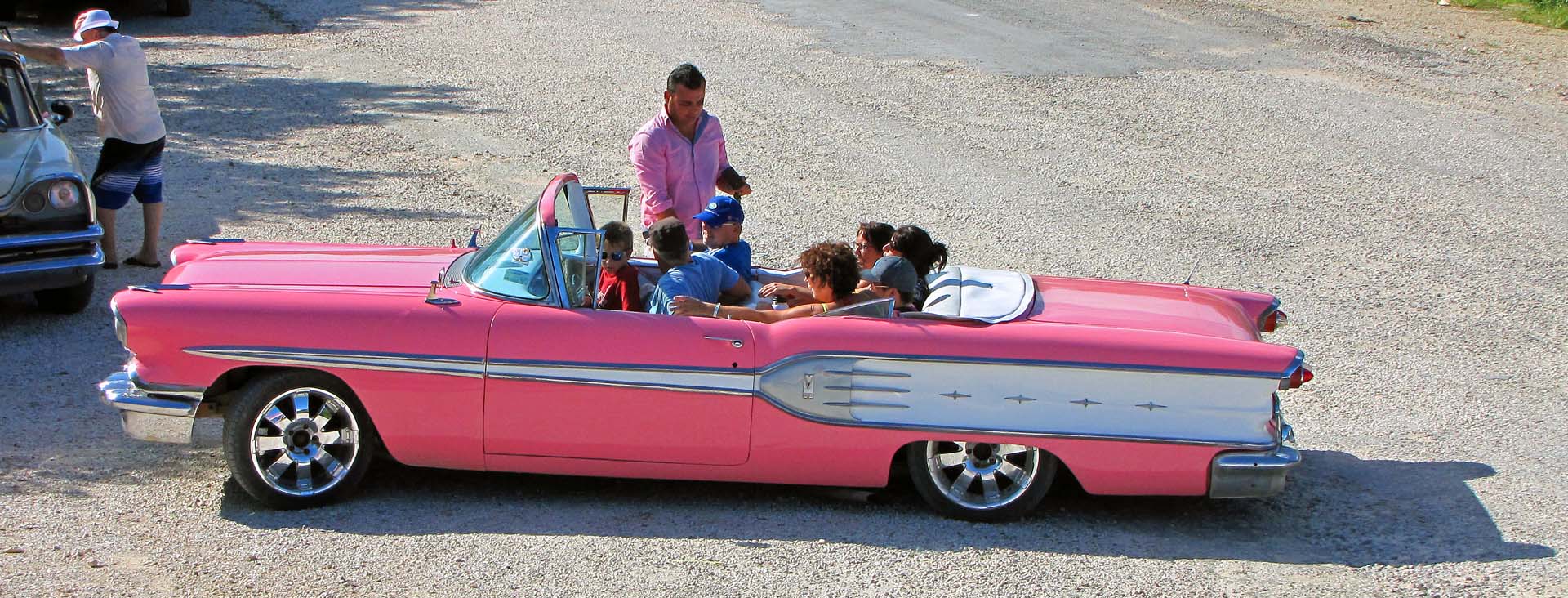
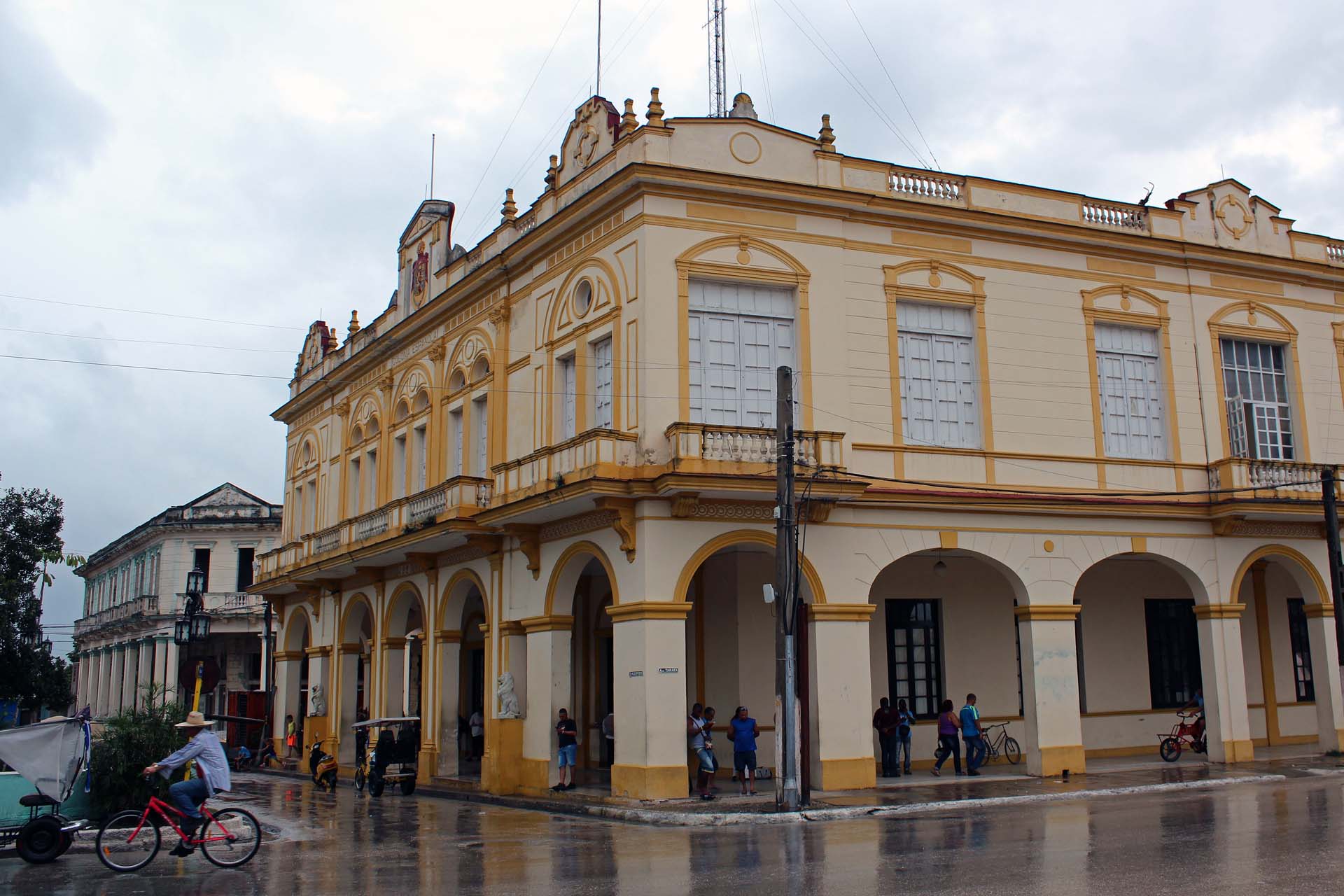
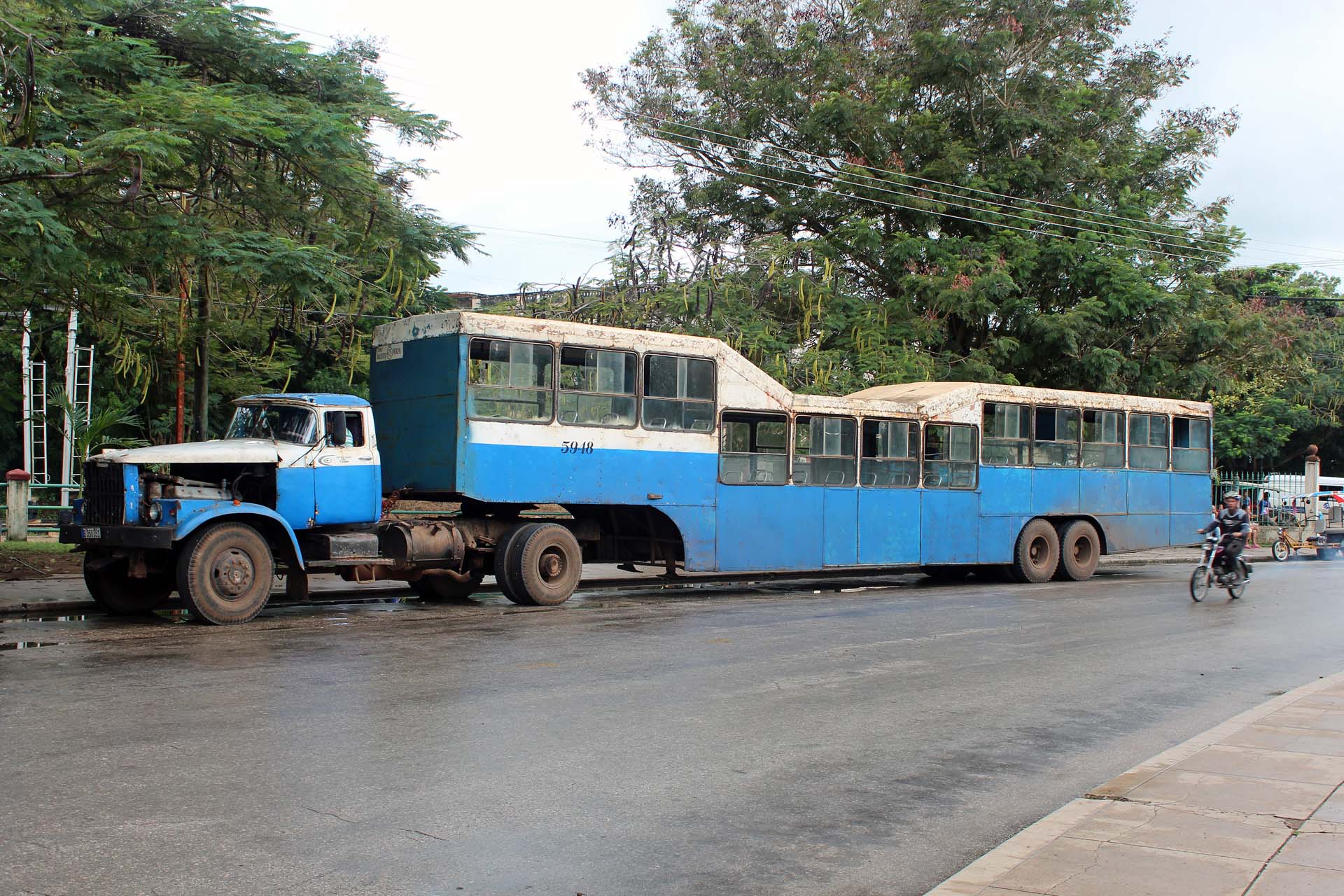
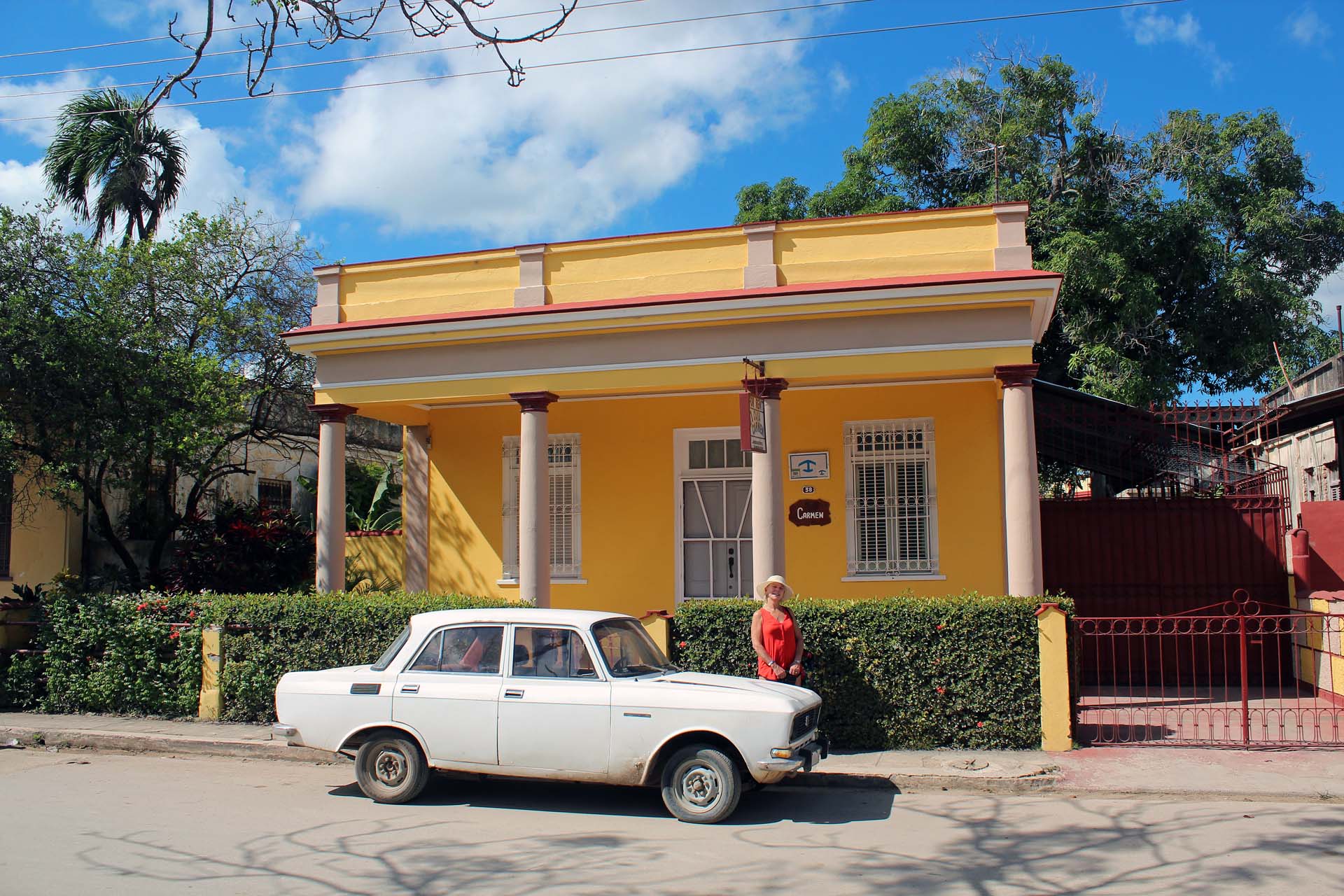
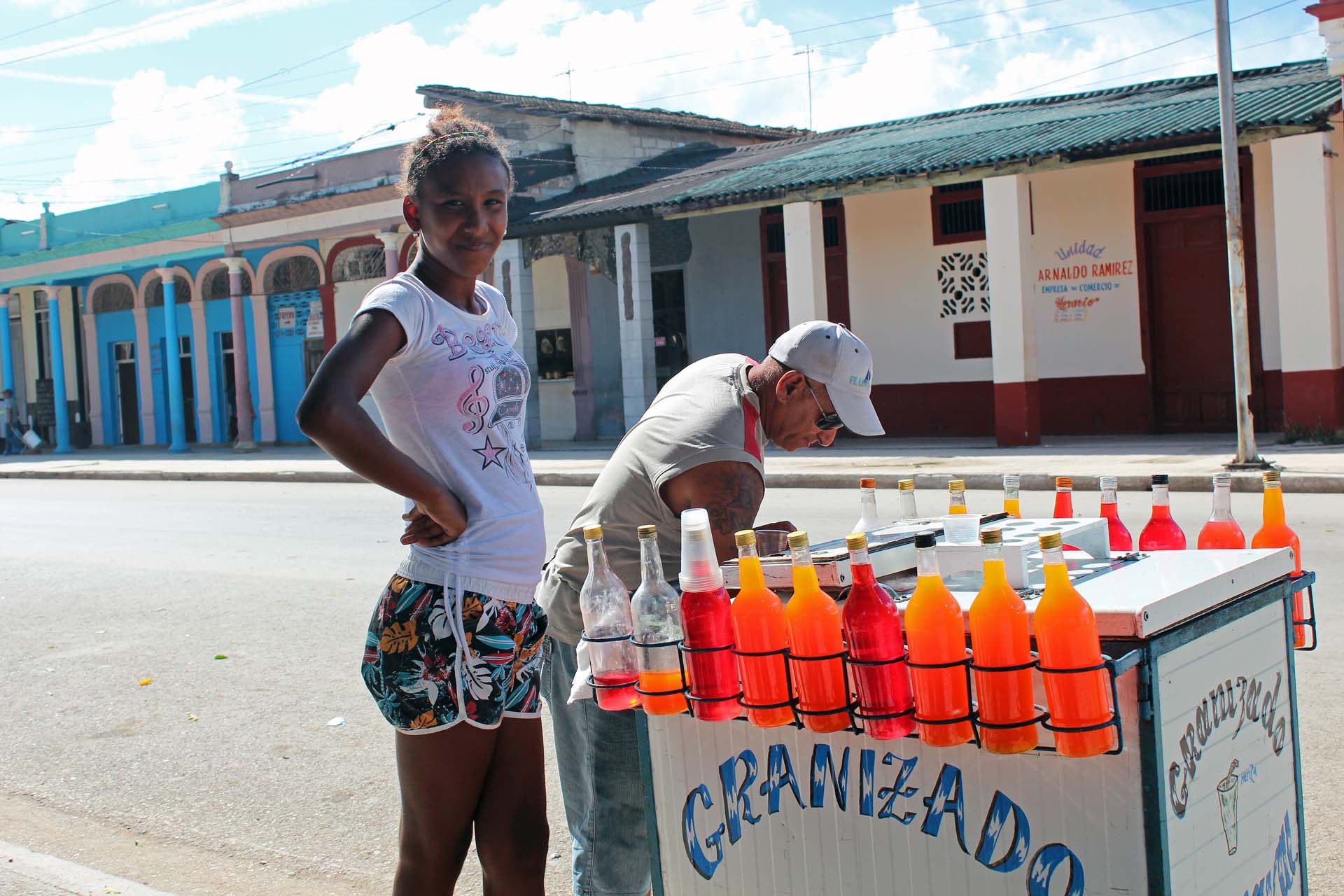
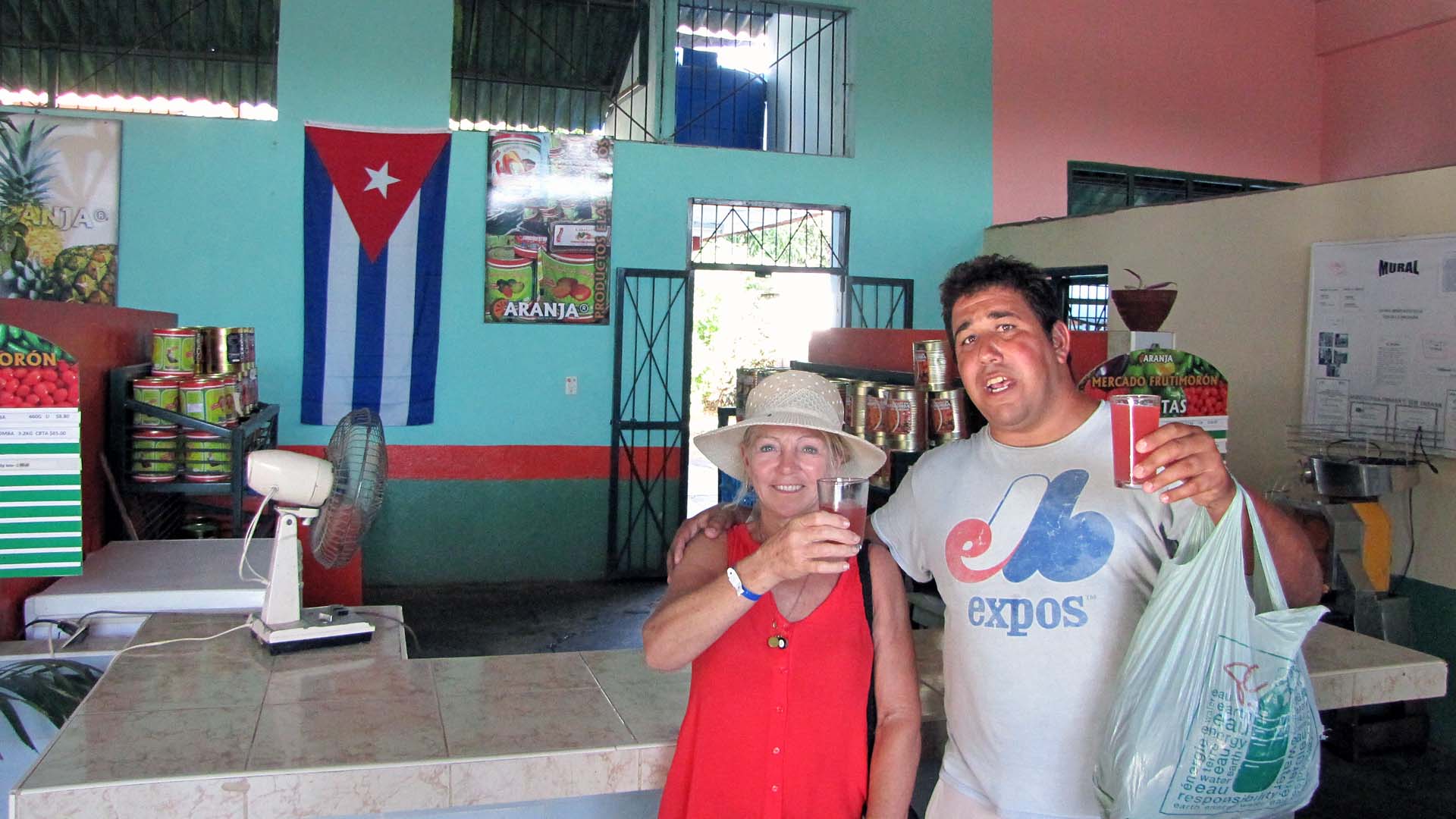
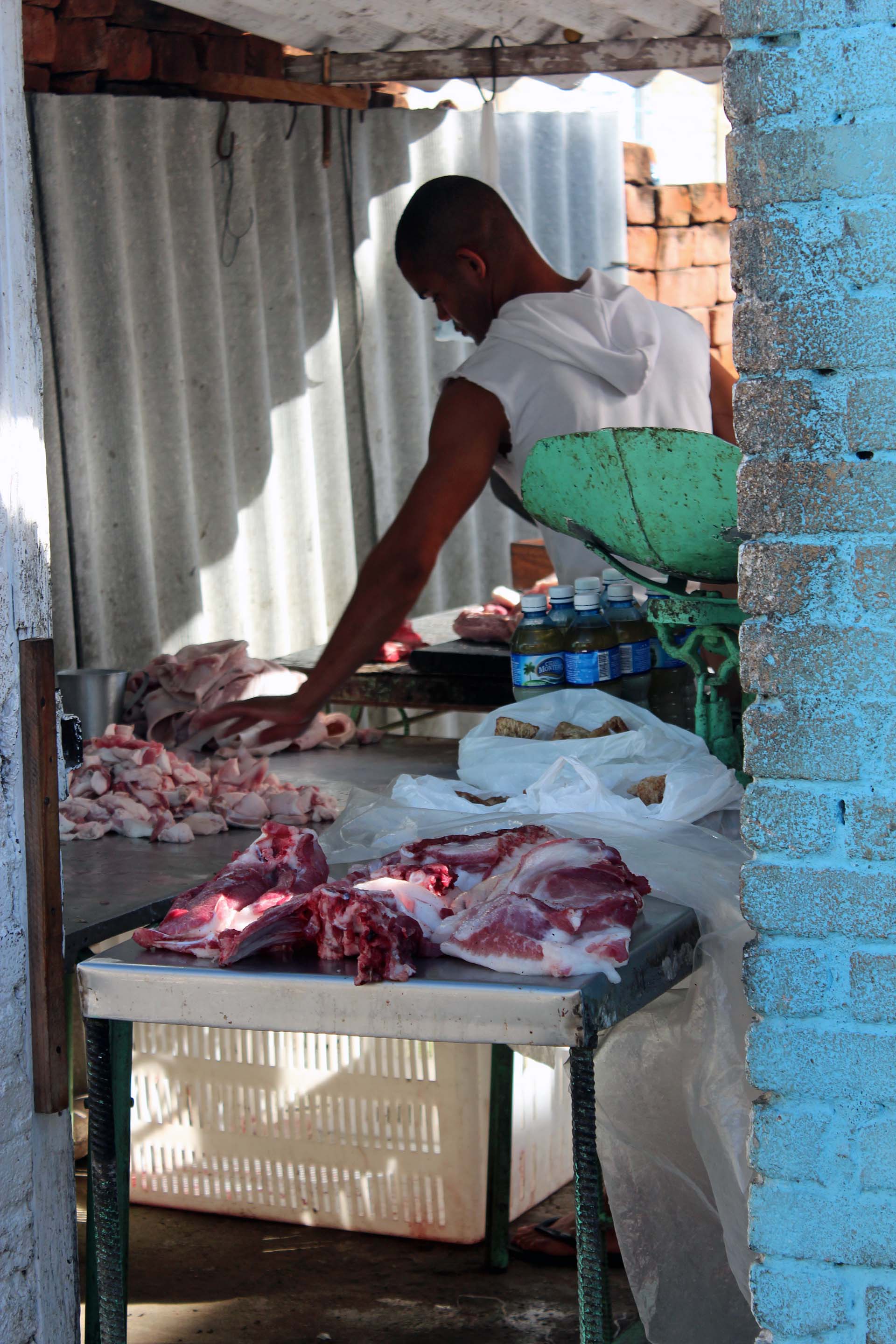
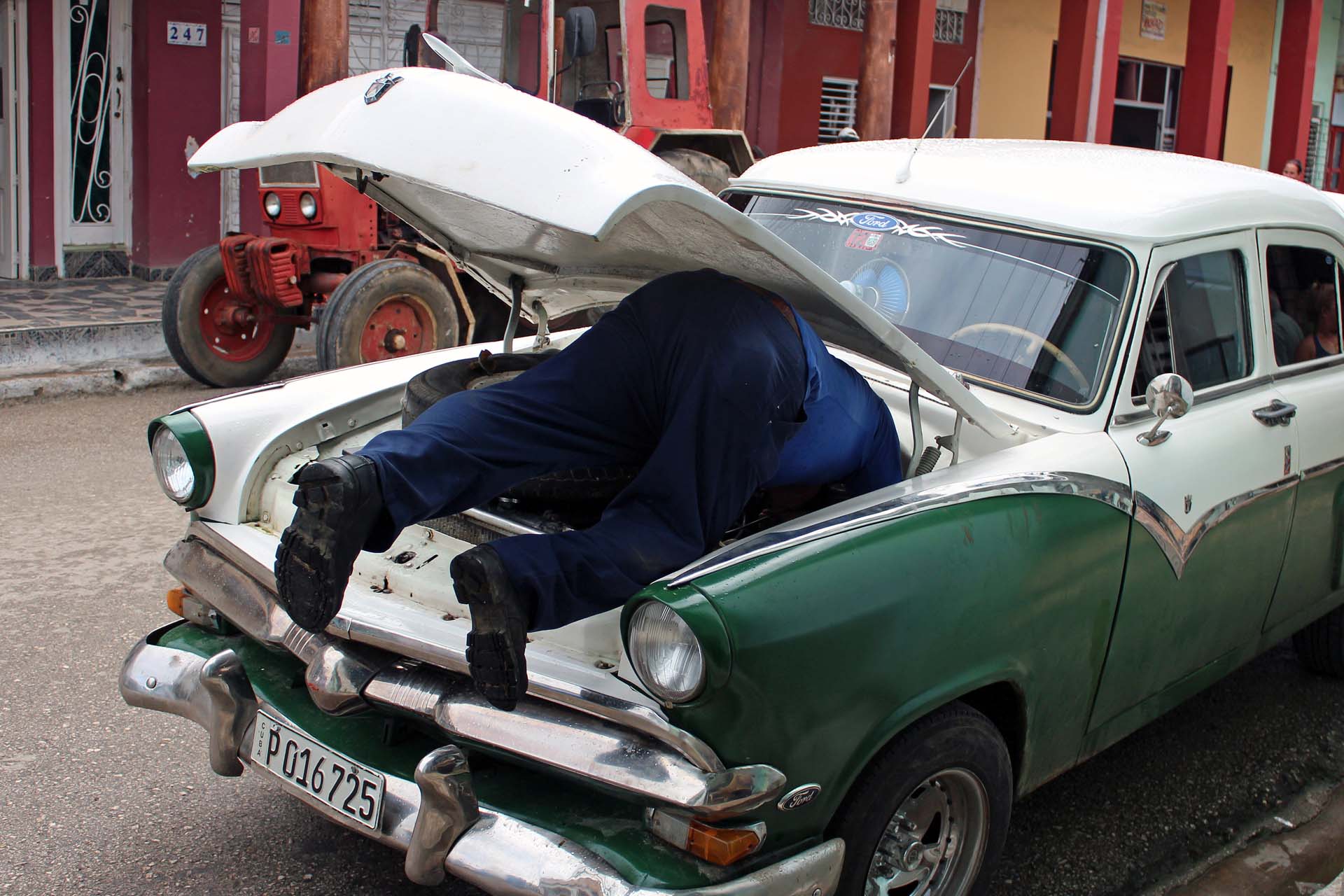
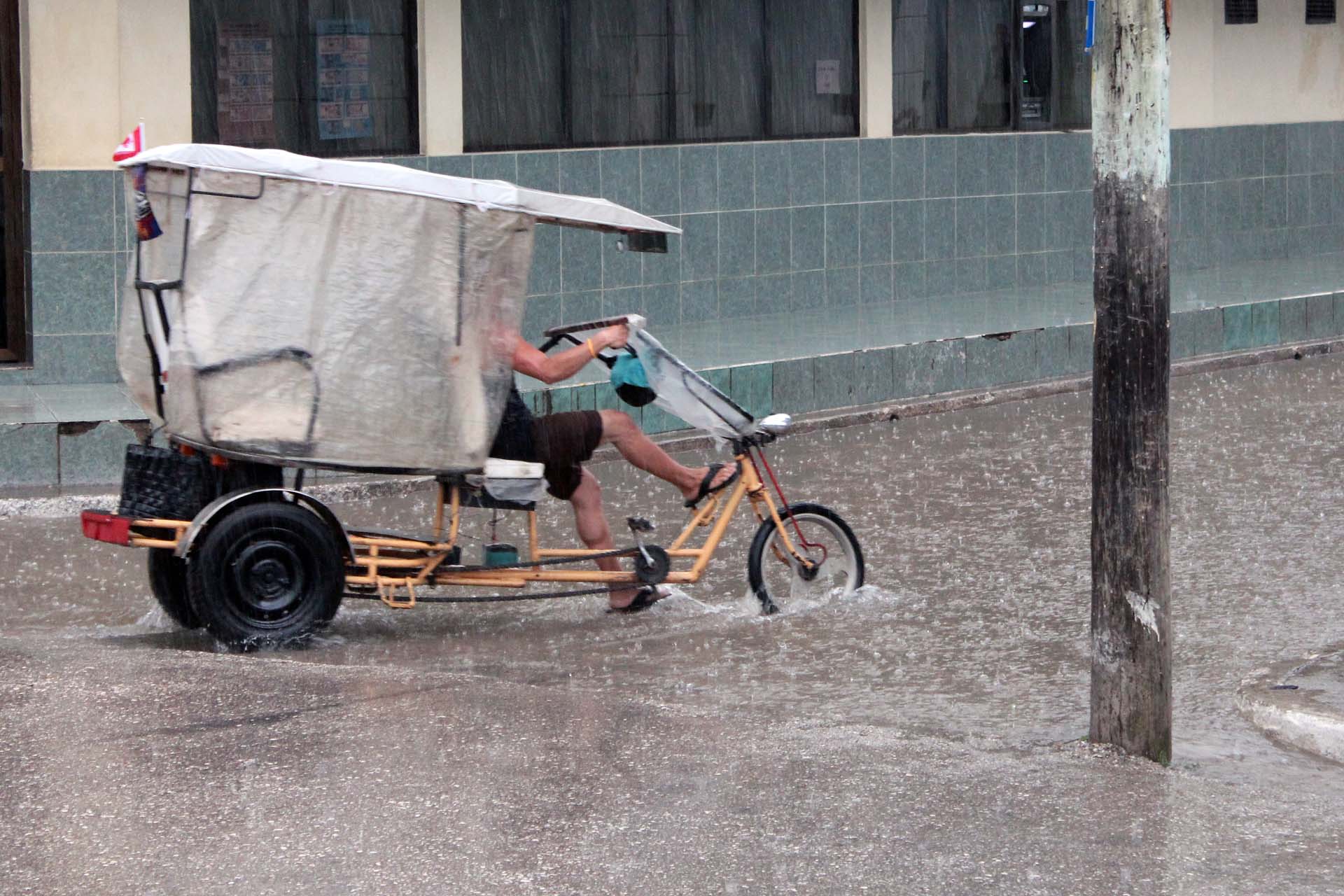
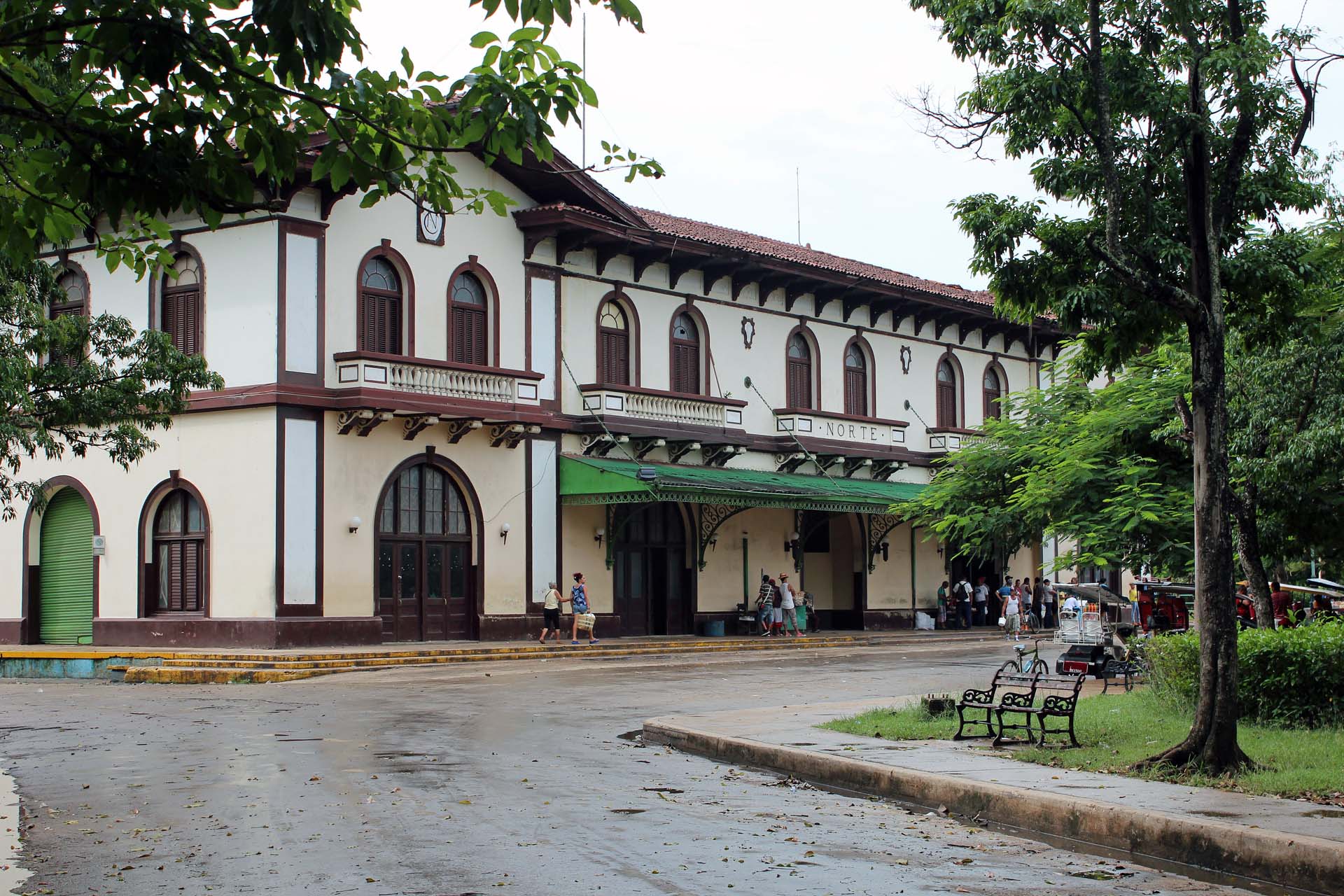

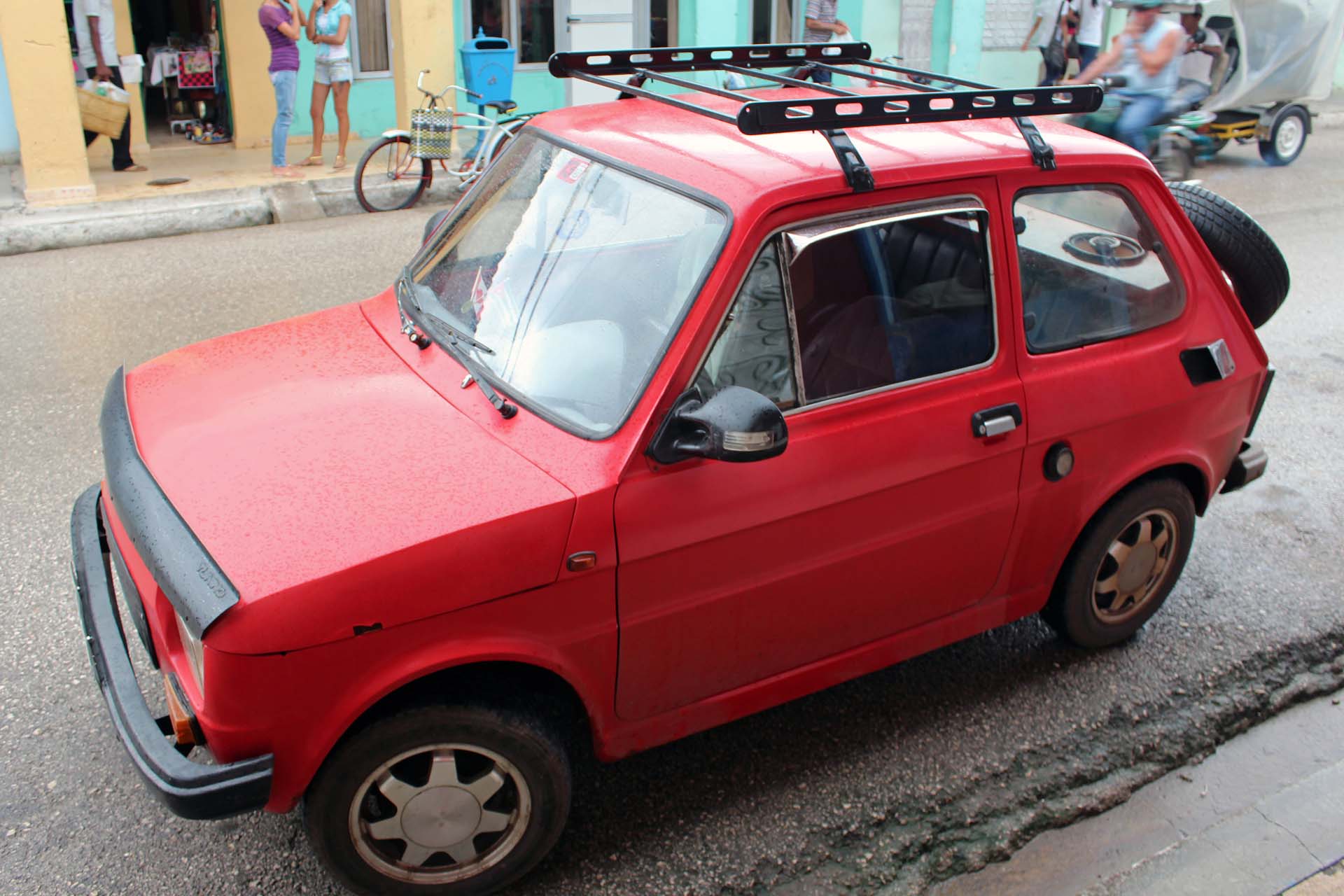
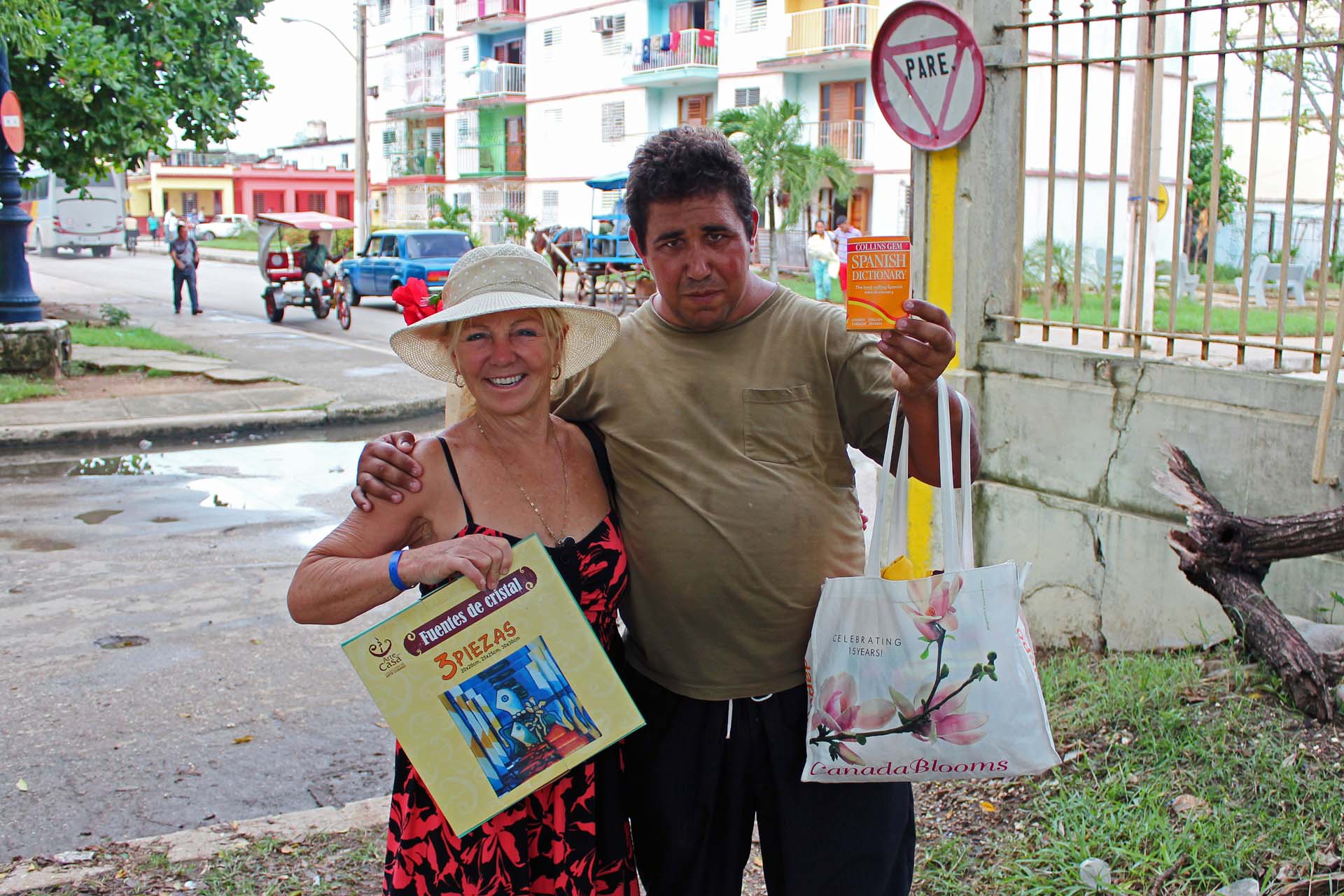

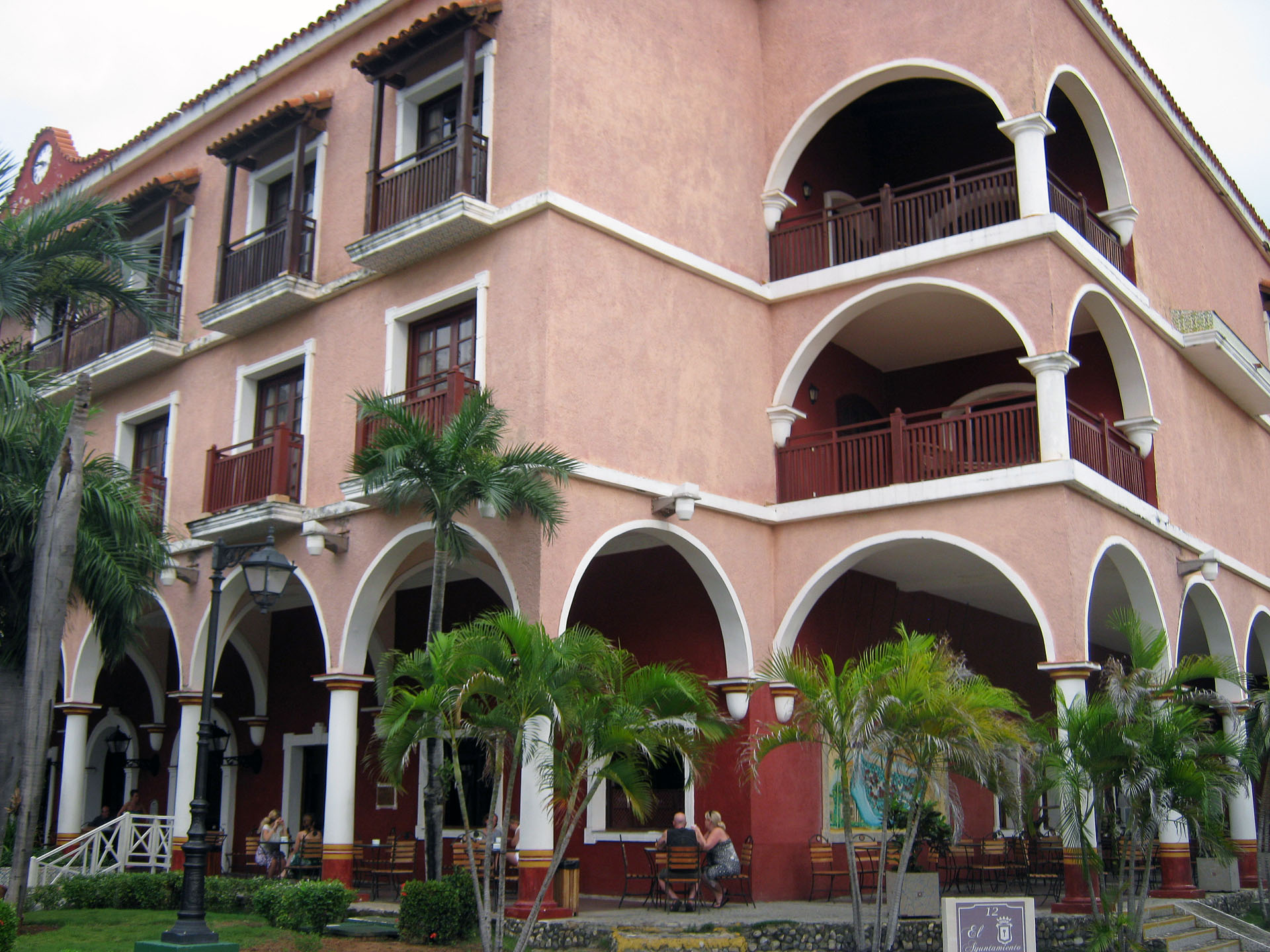
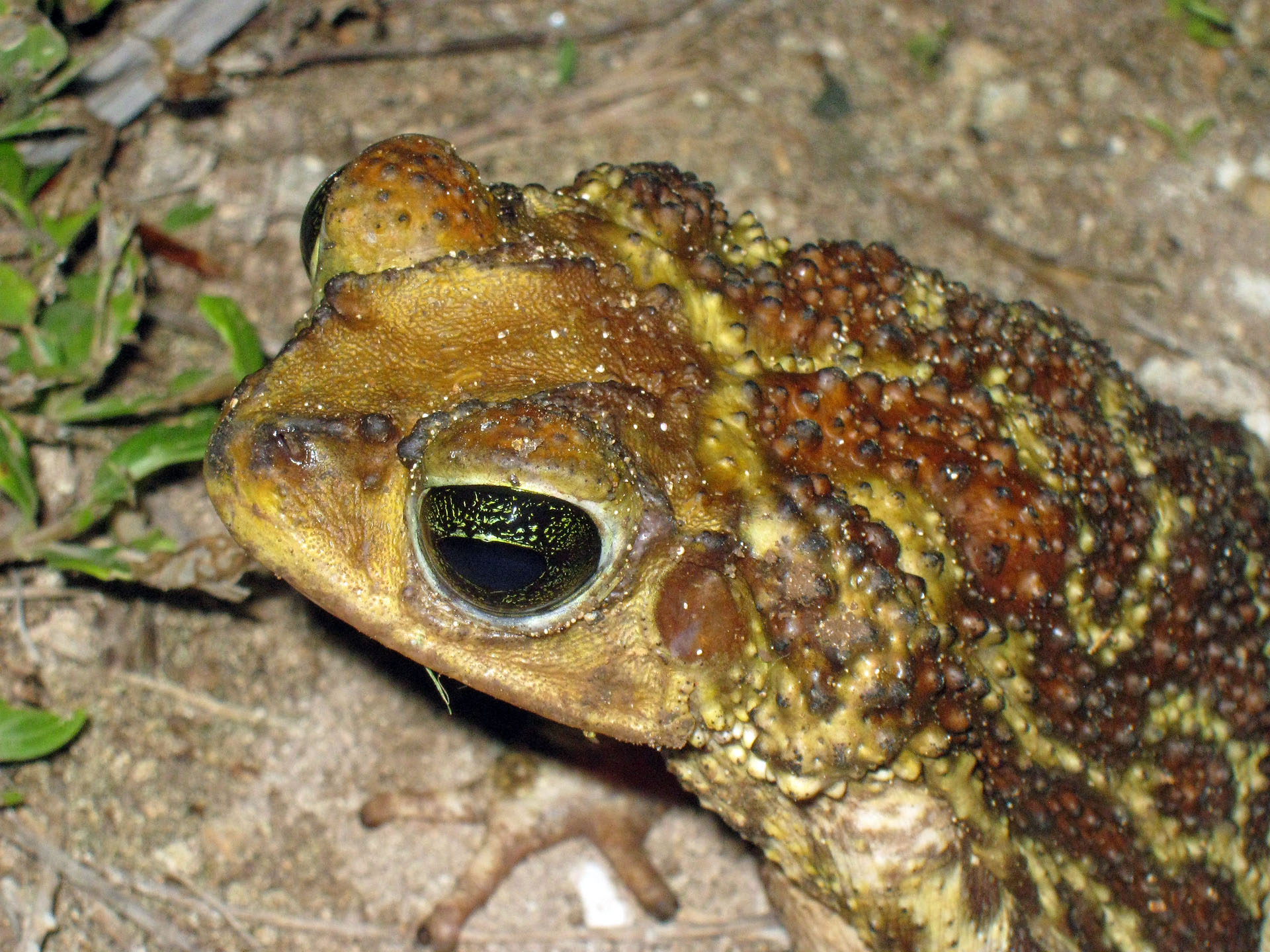

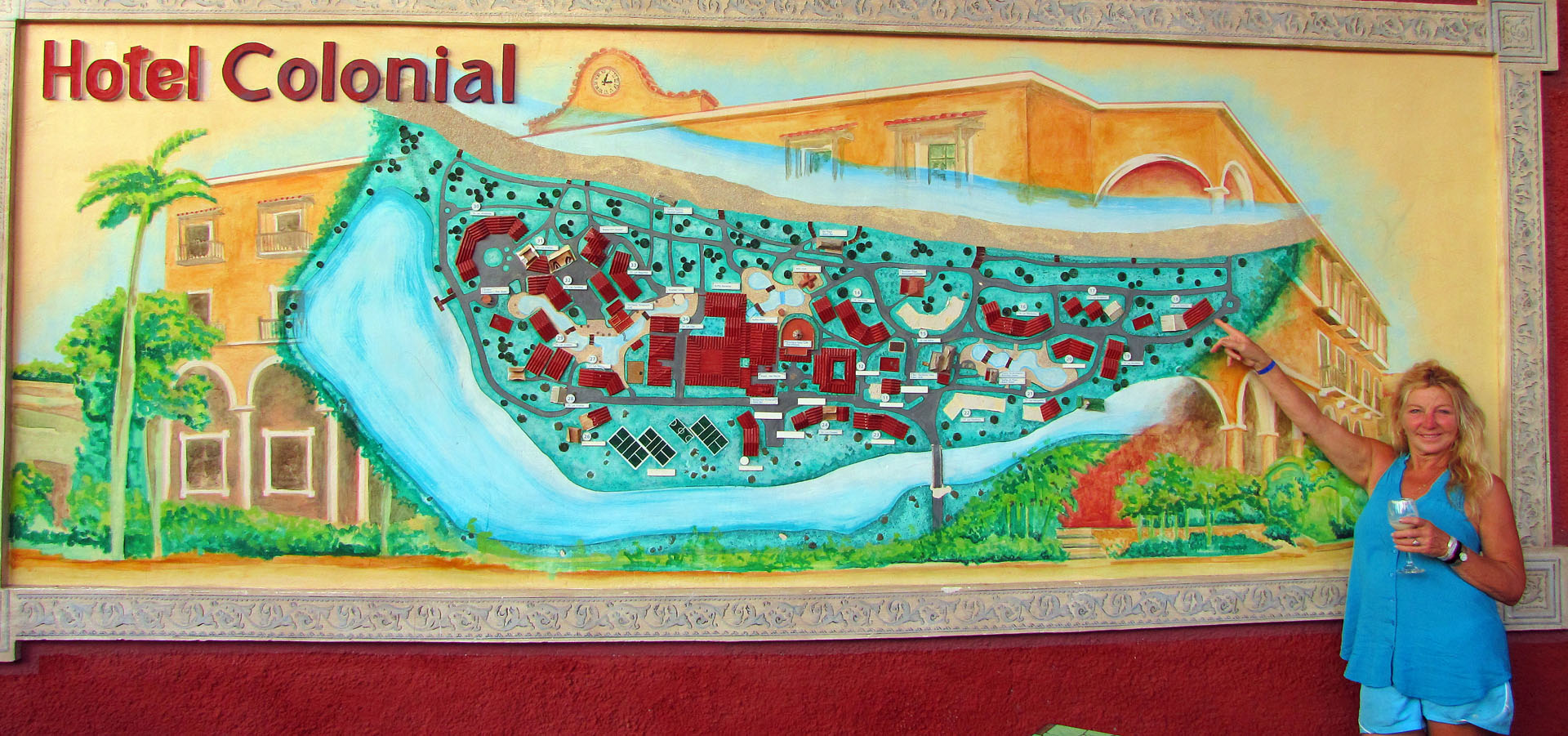
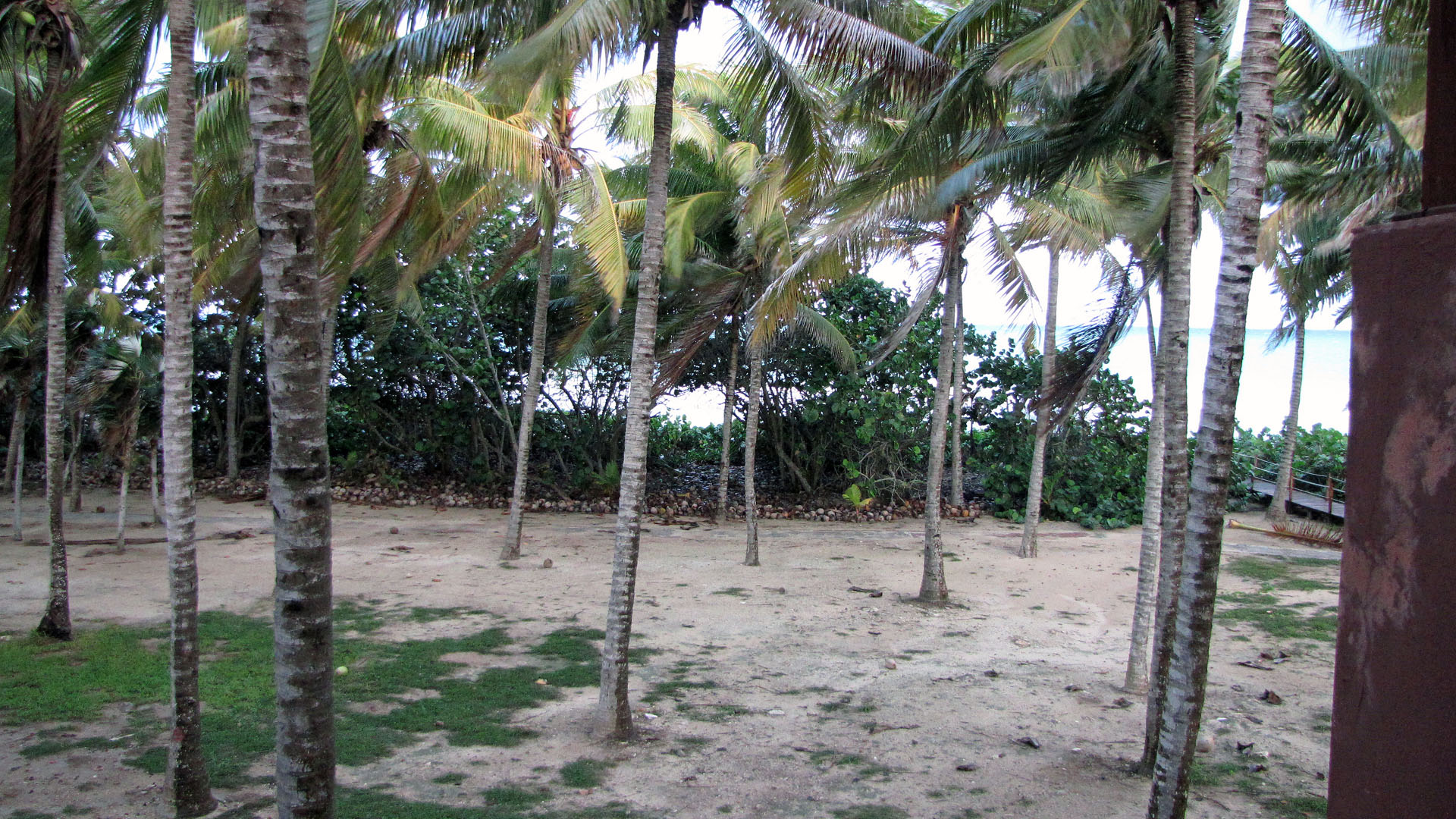
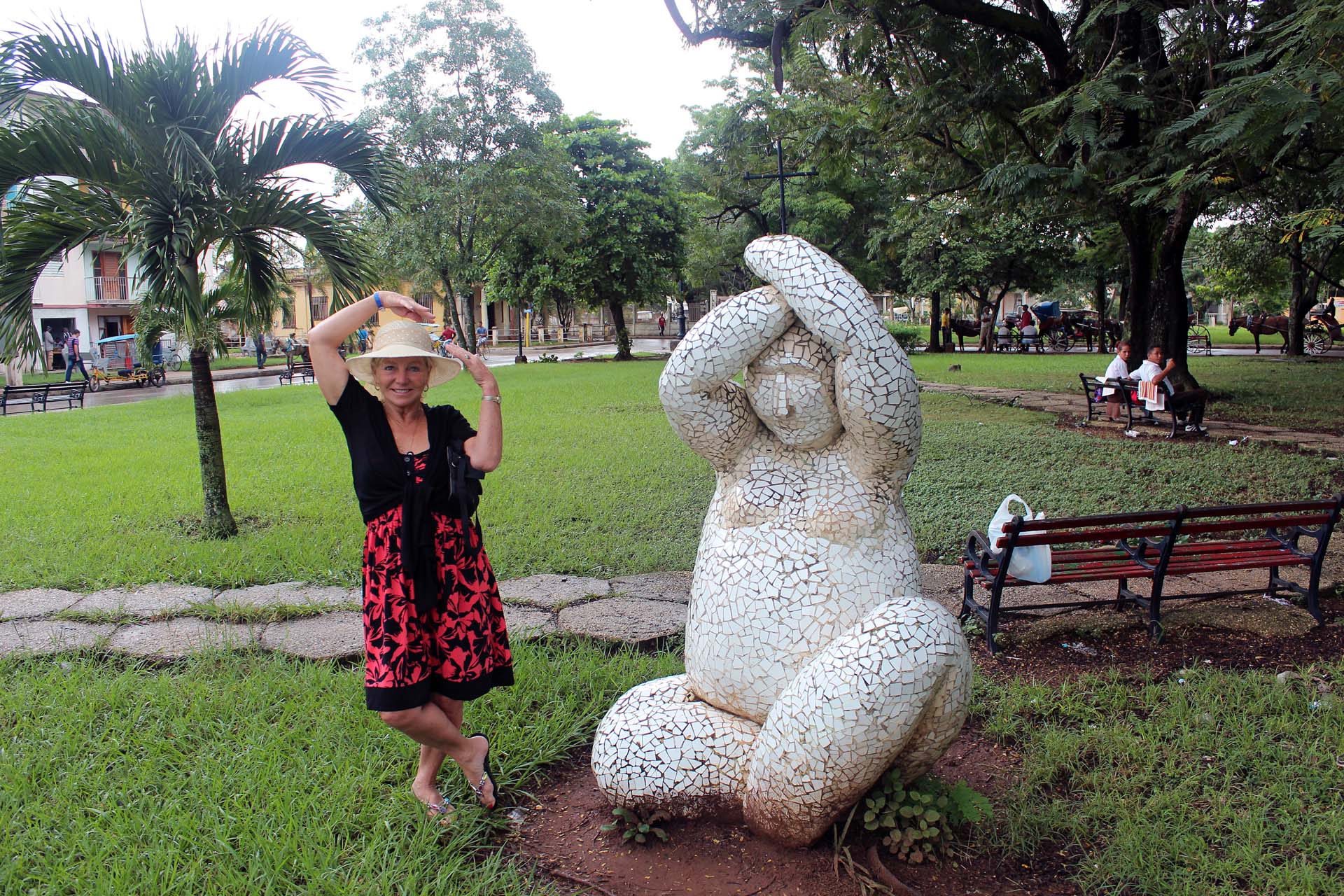
What a great trip! Thank you very much for such a detailed account of your journey!
ReplyDeleteYou're welcome!
Delete